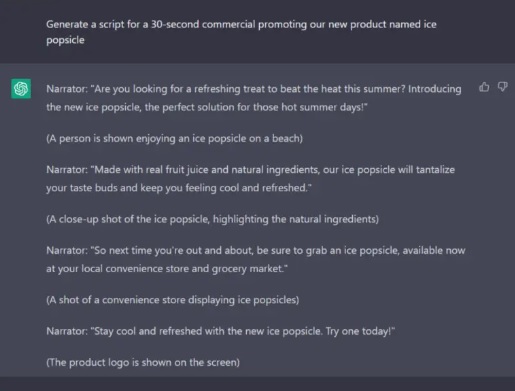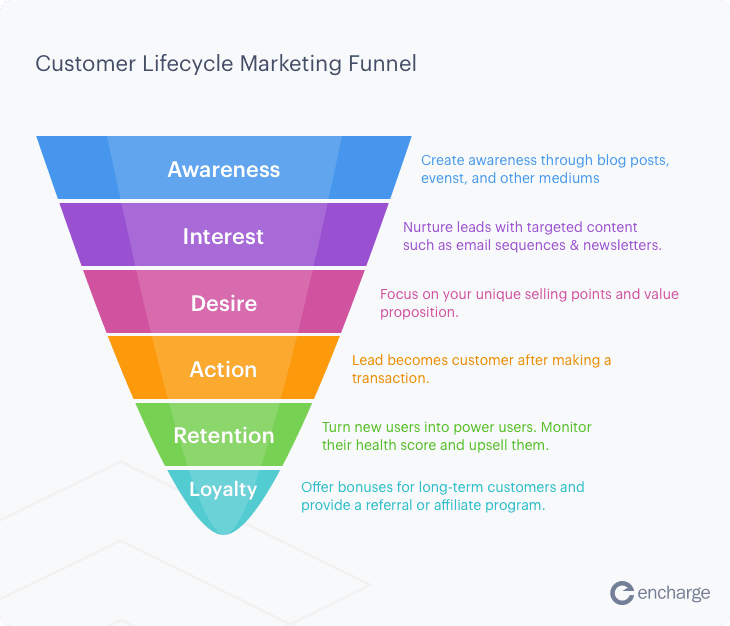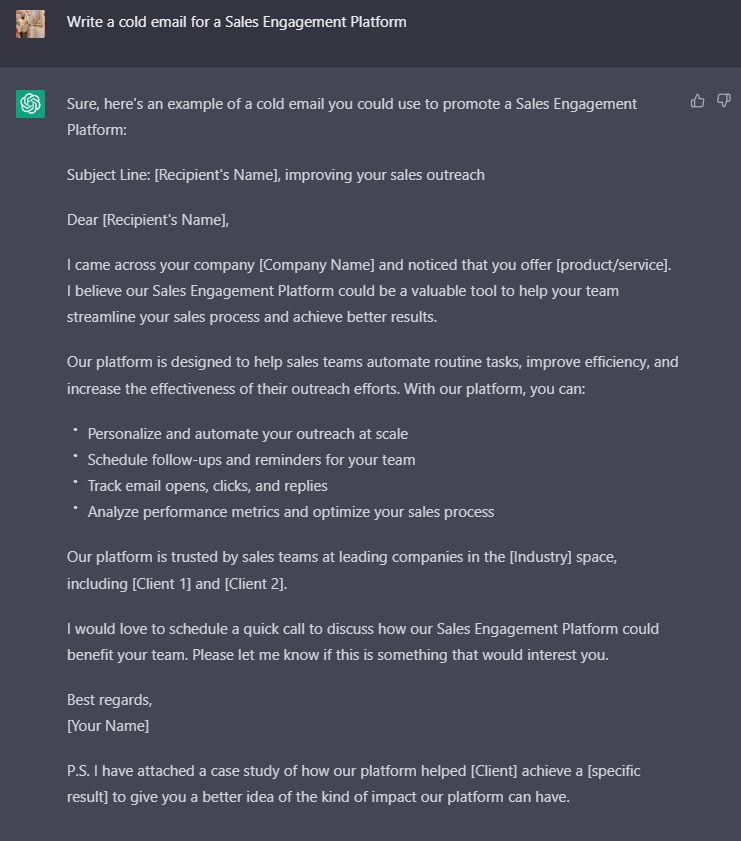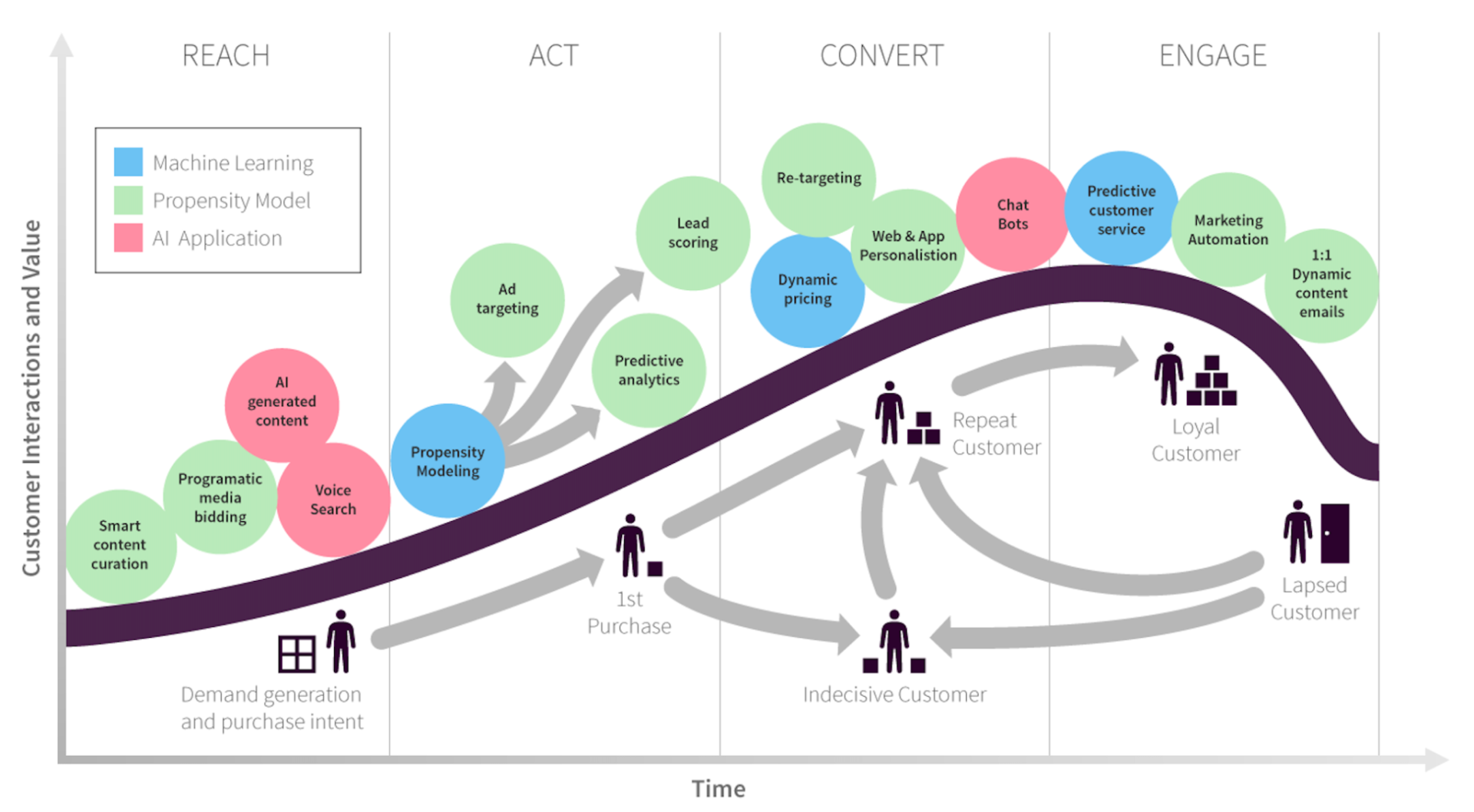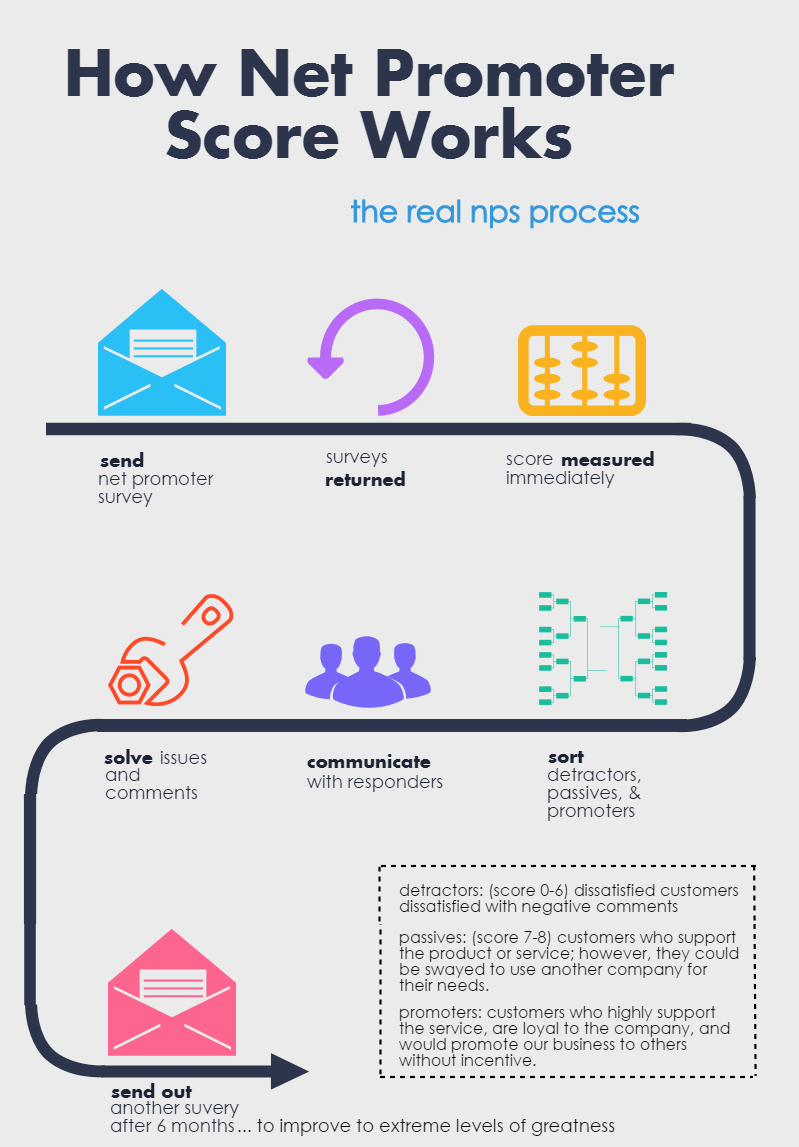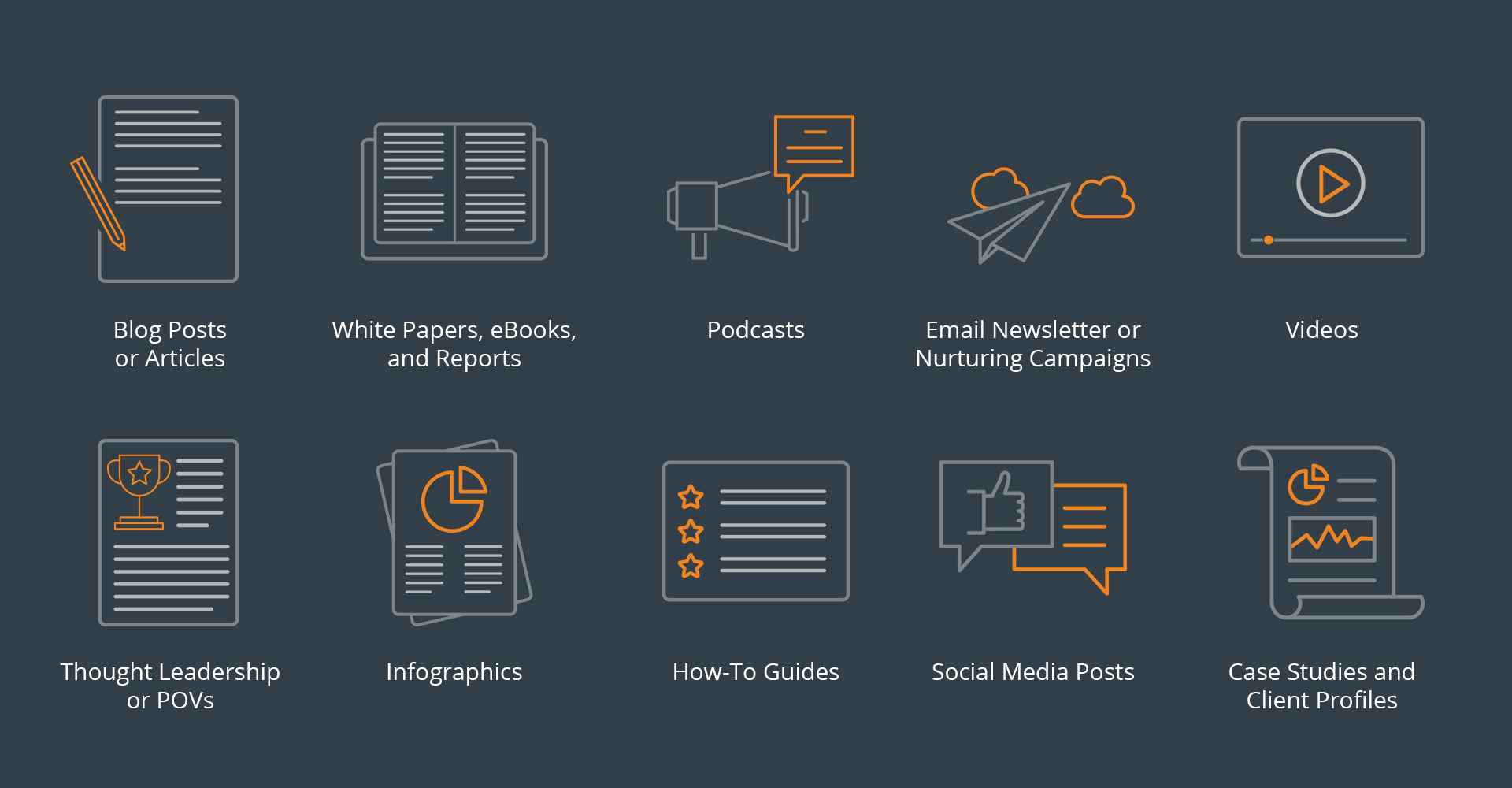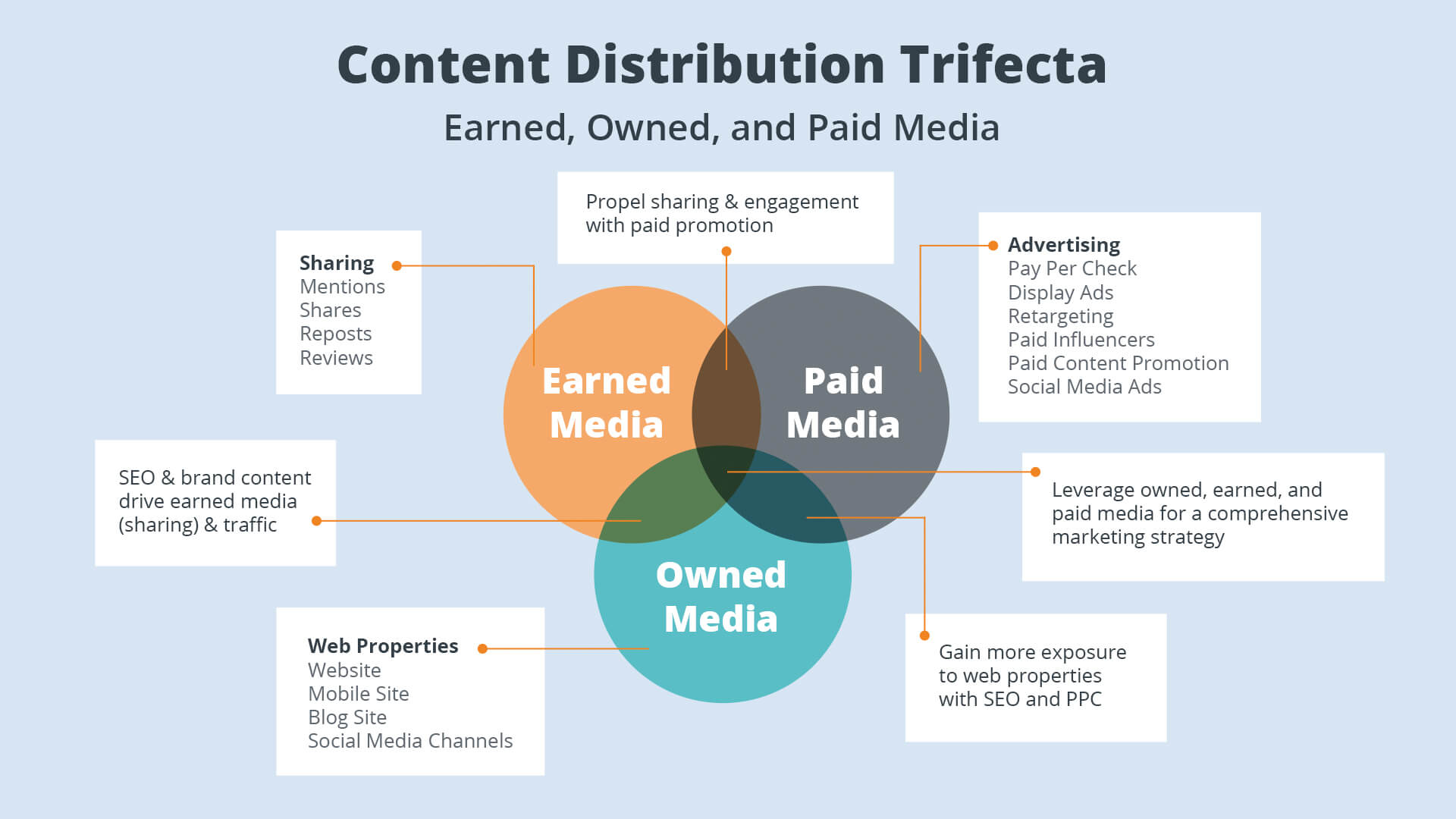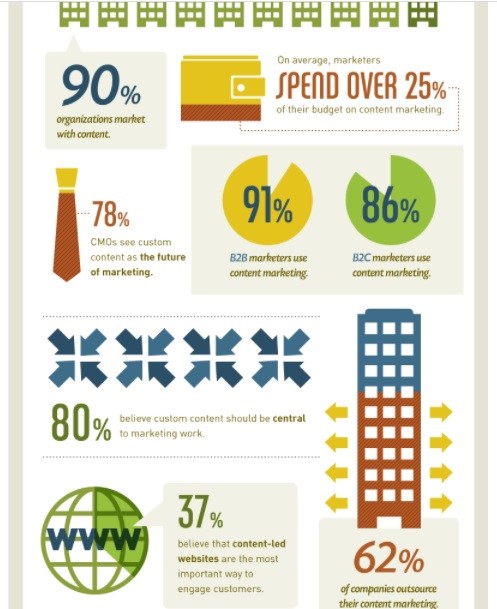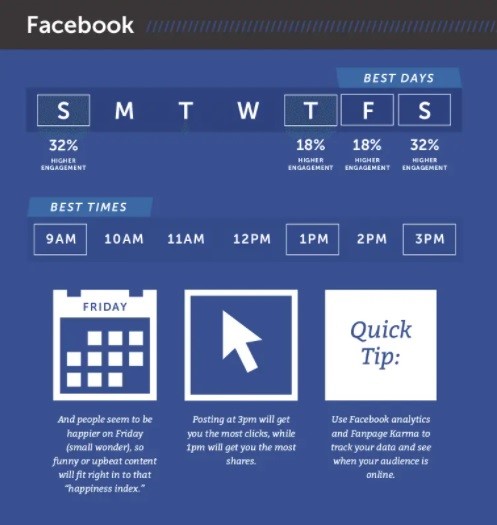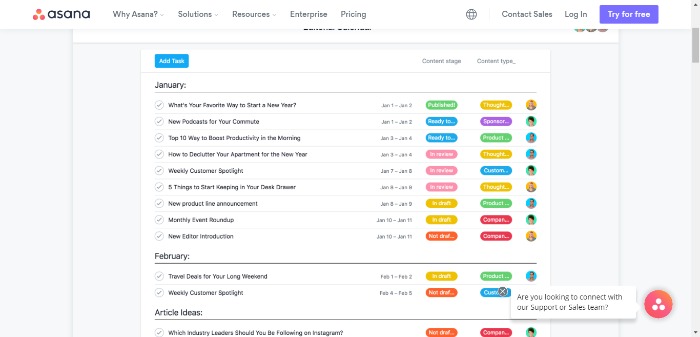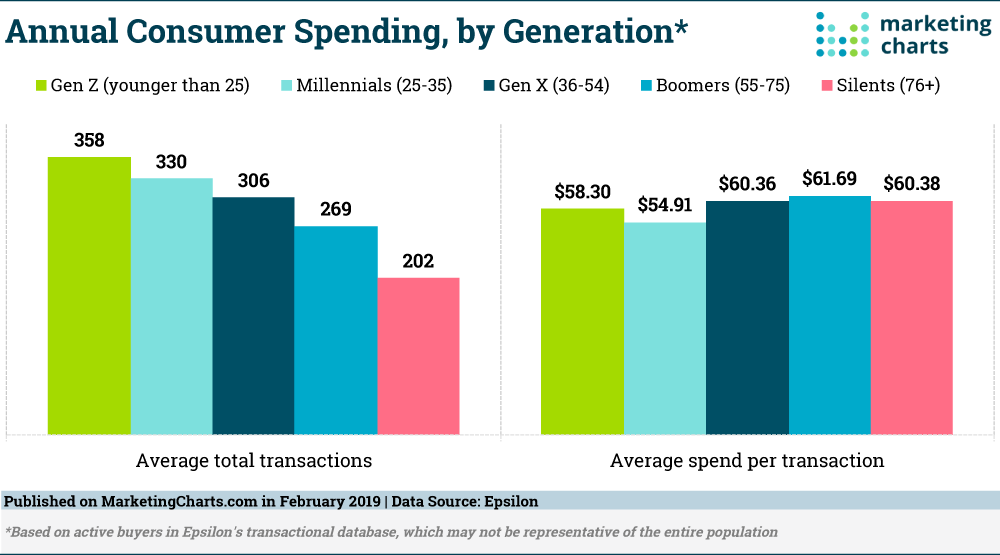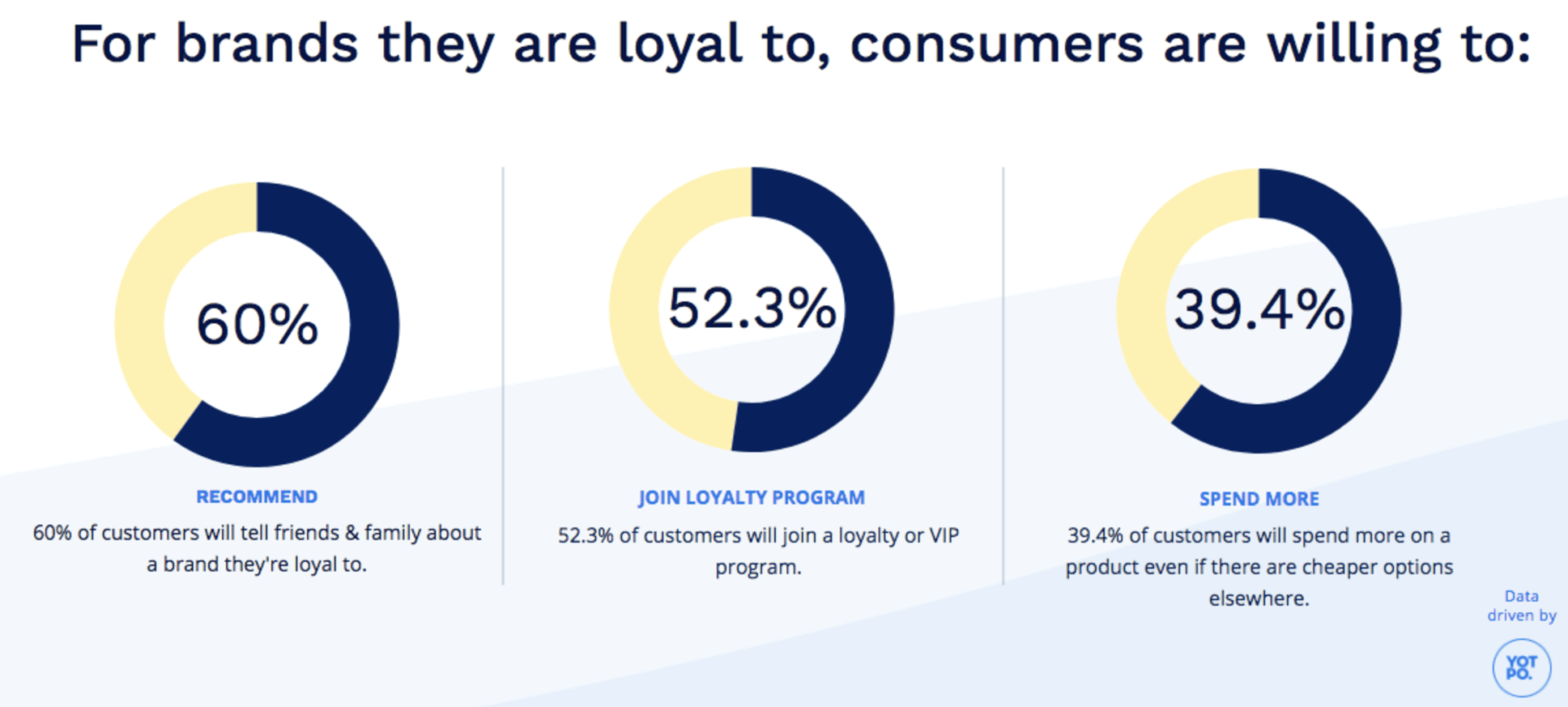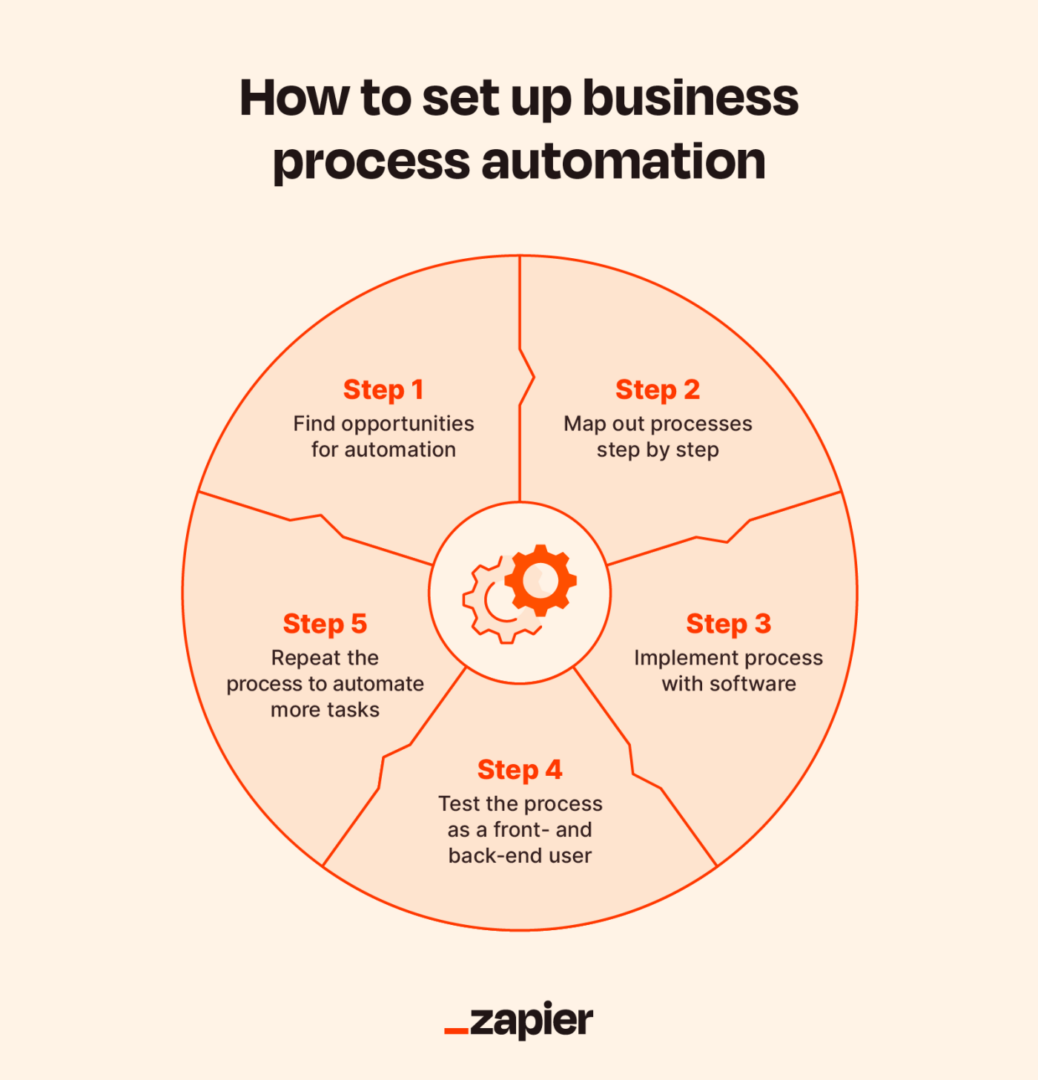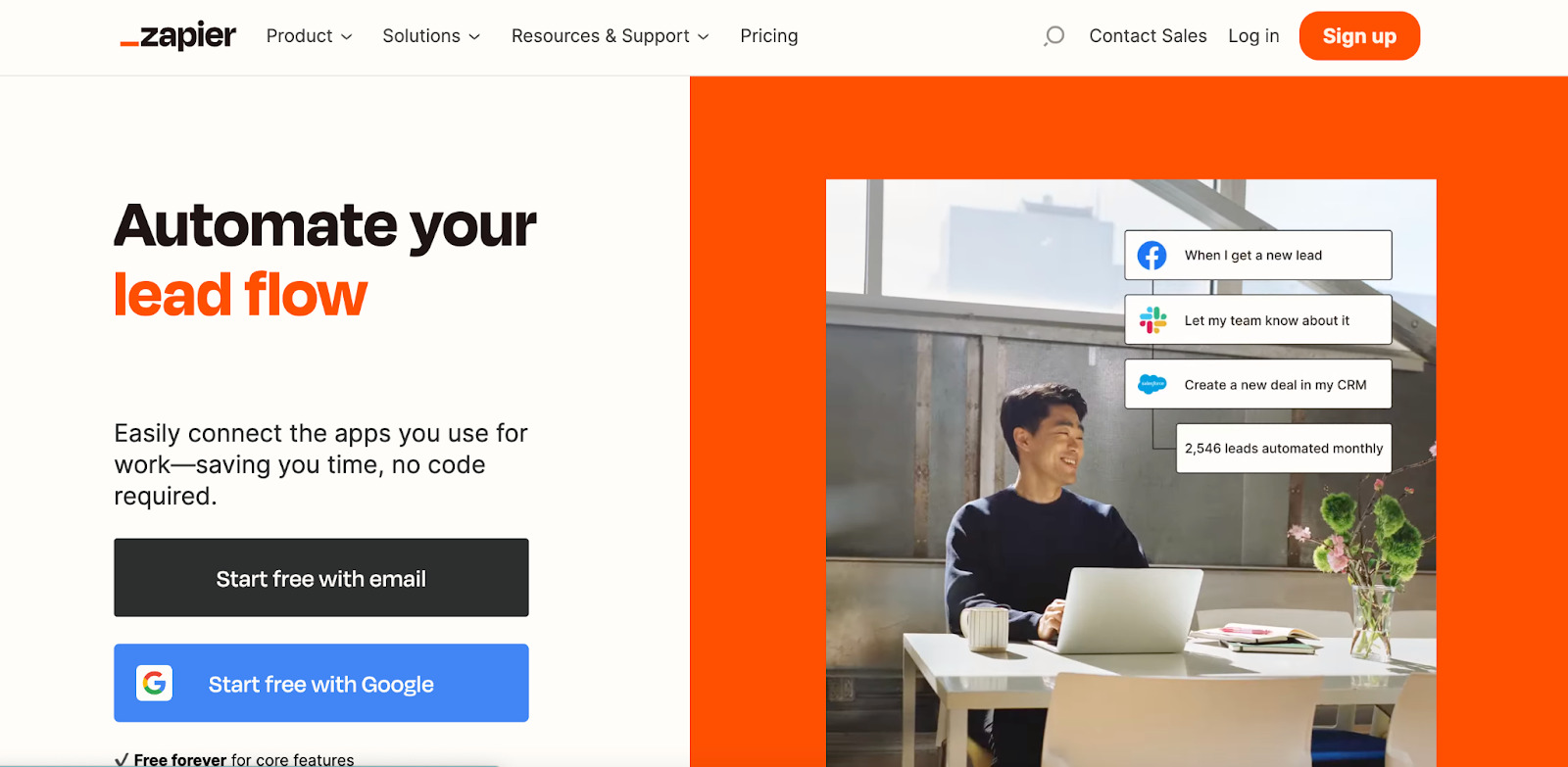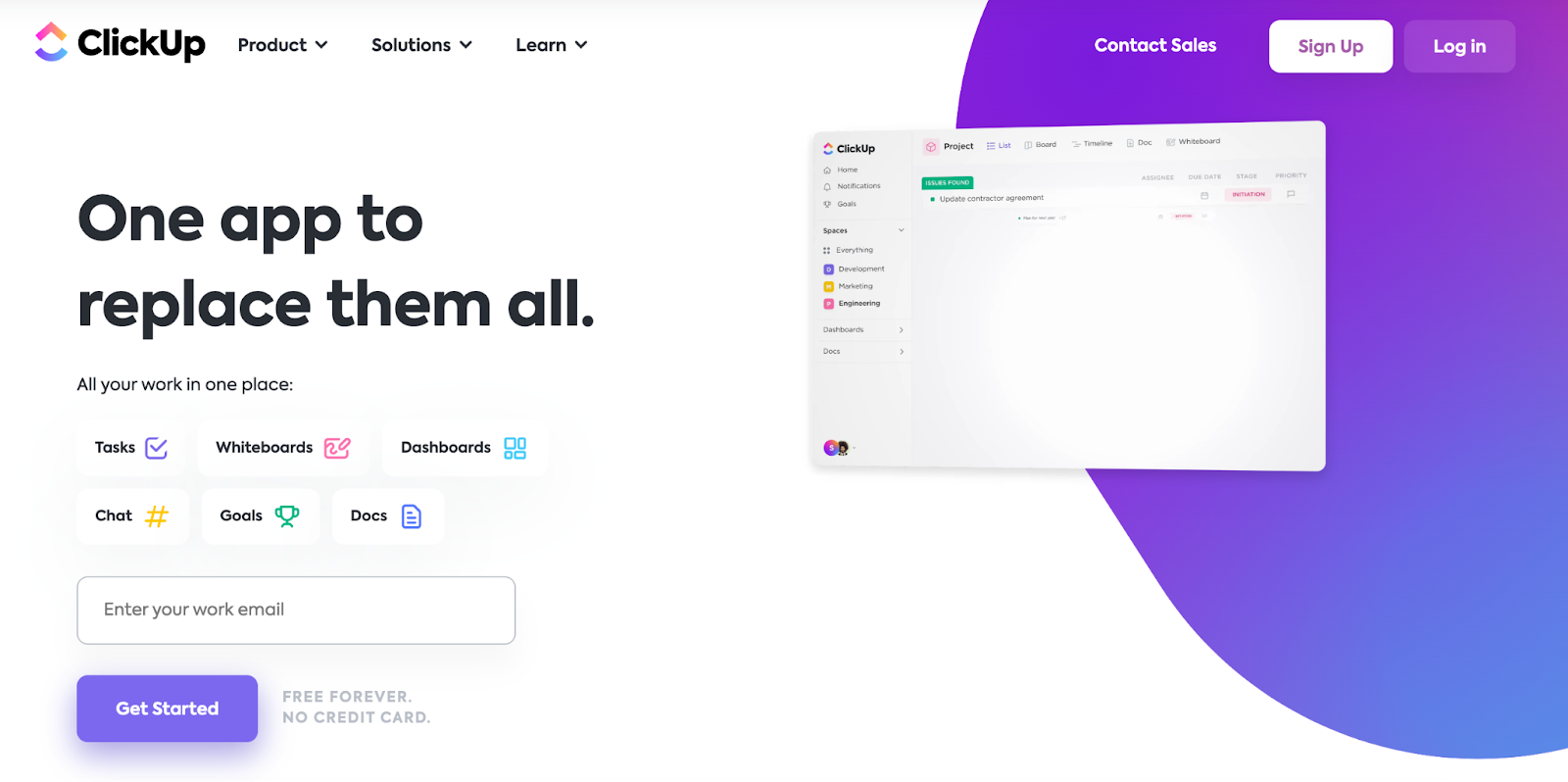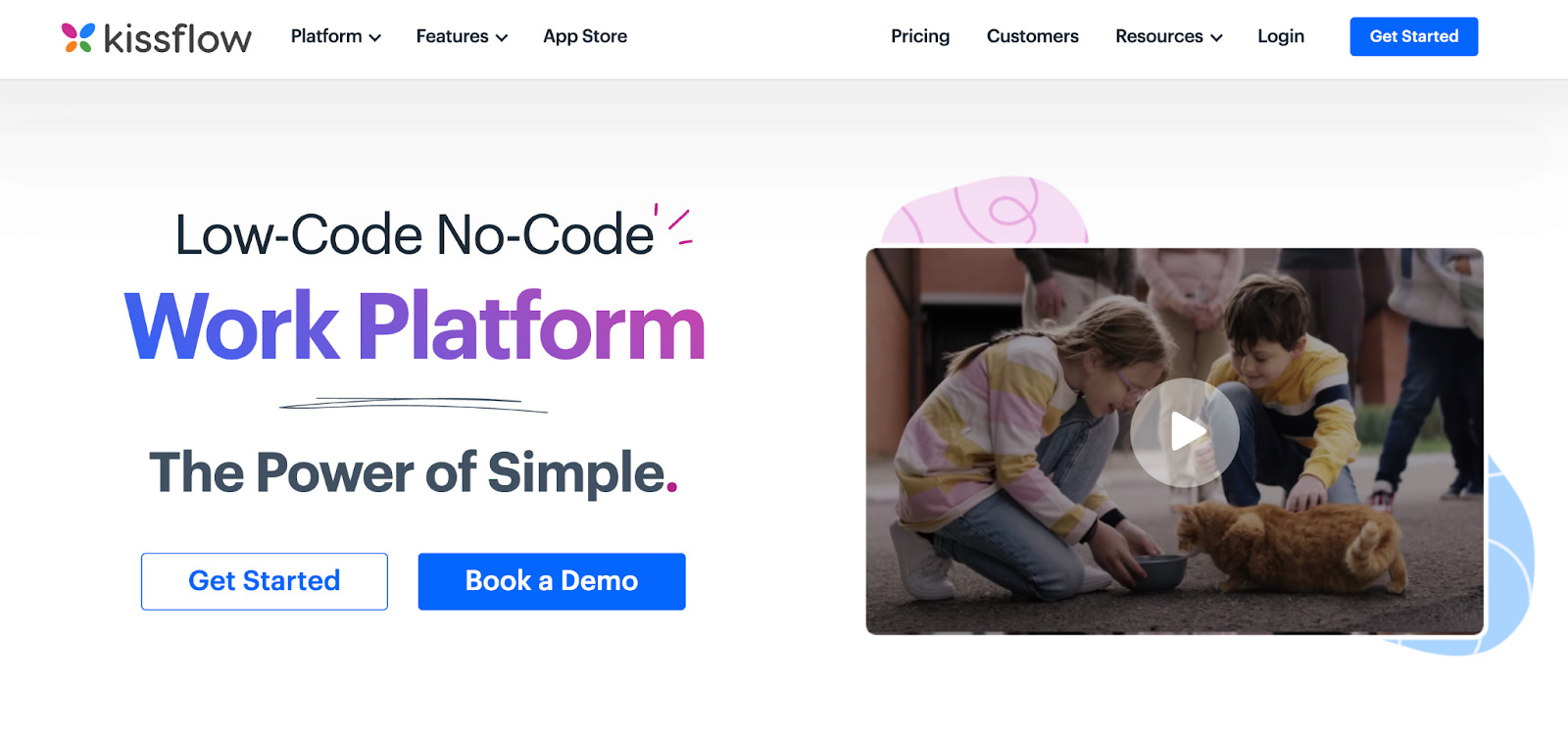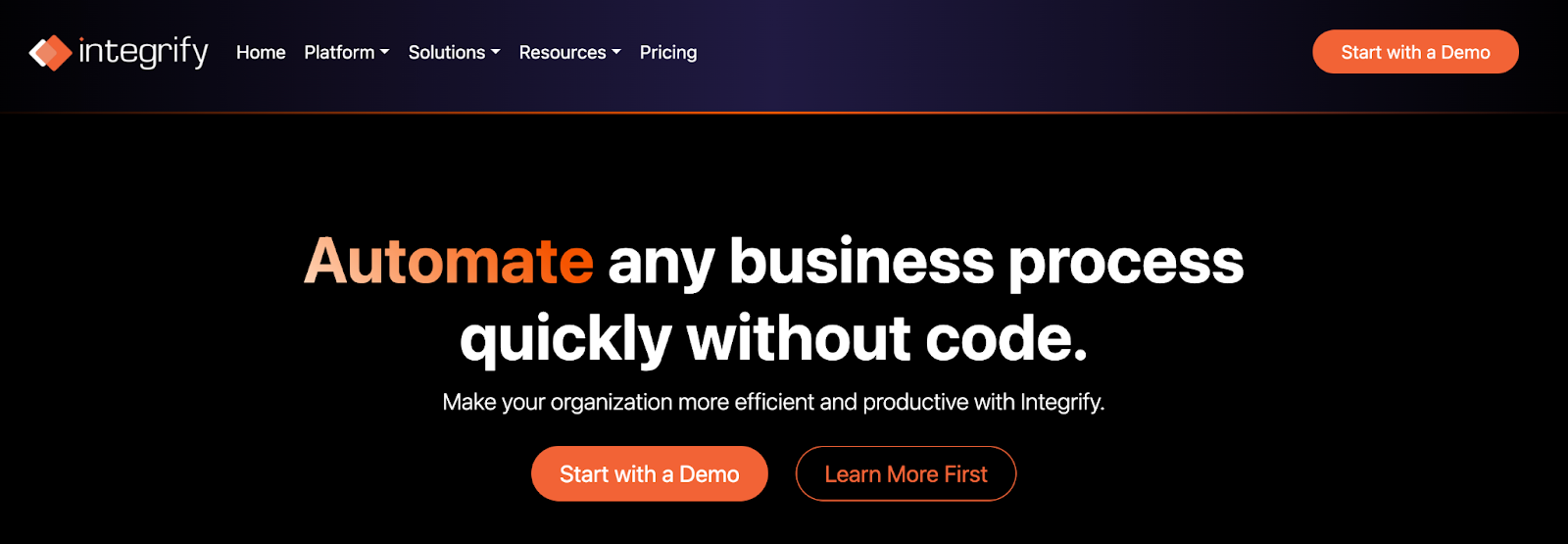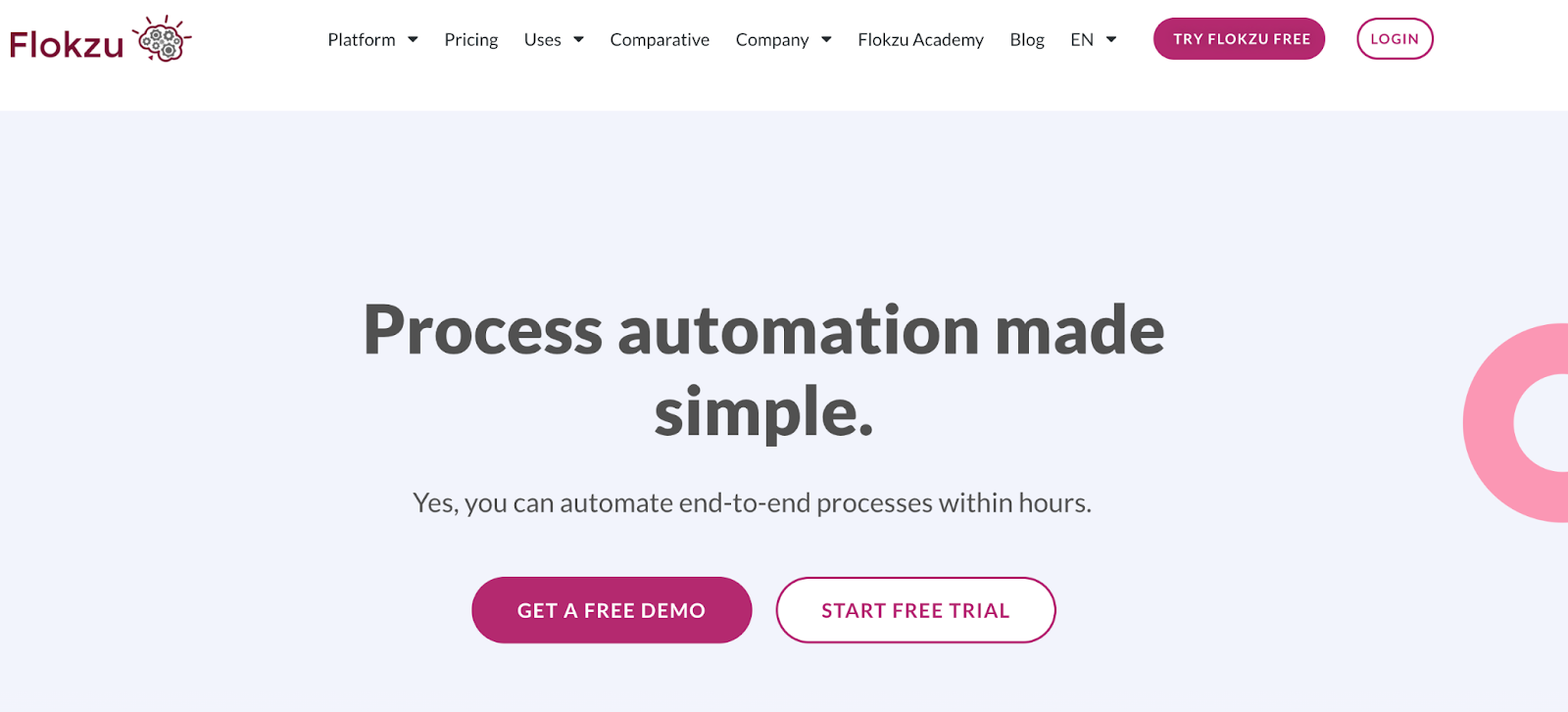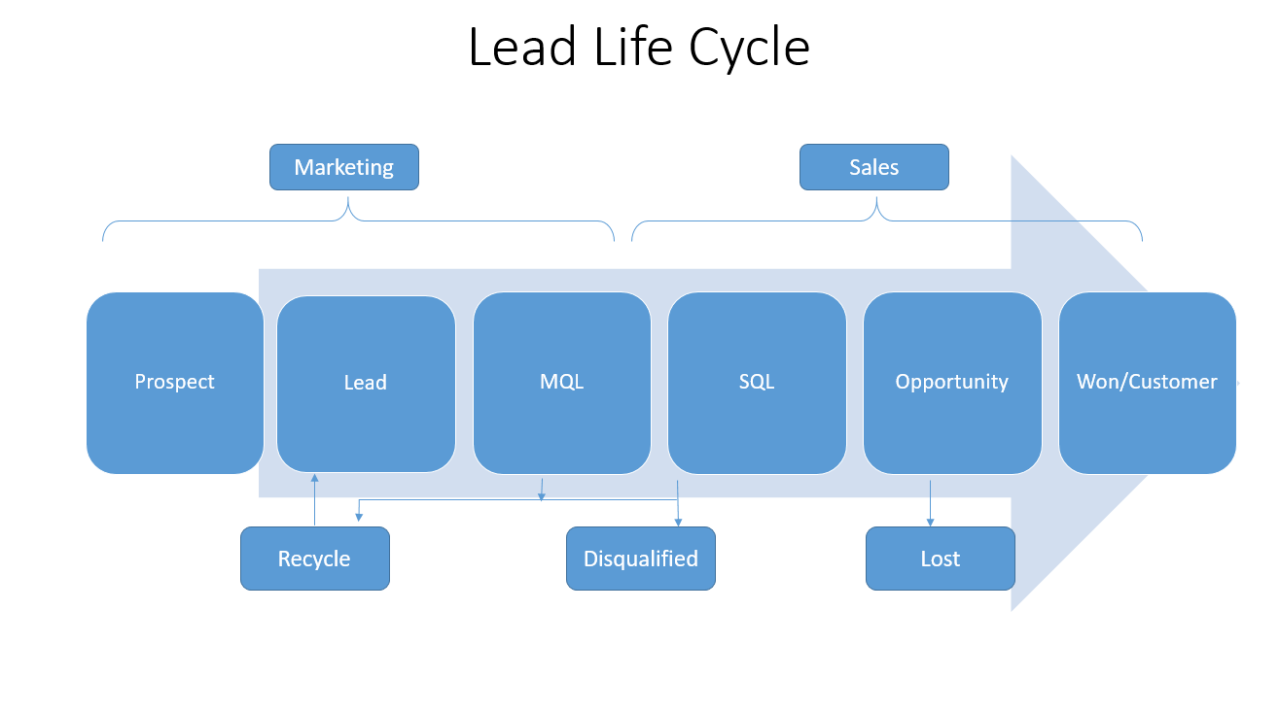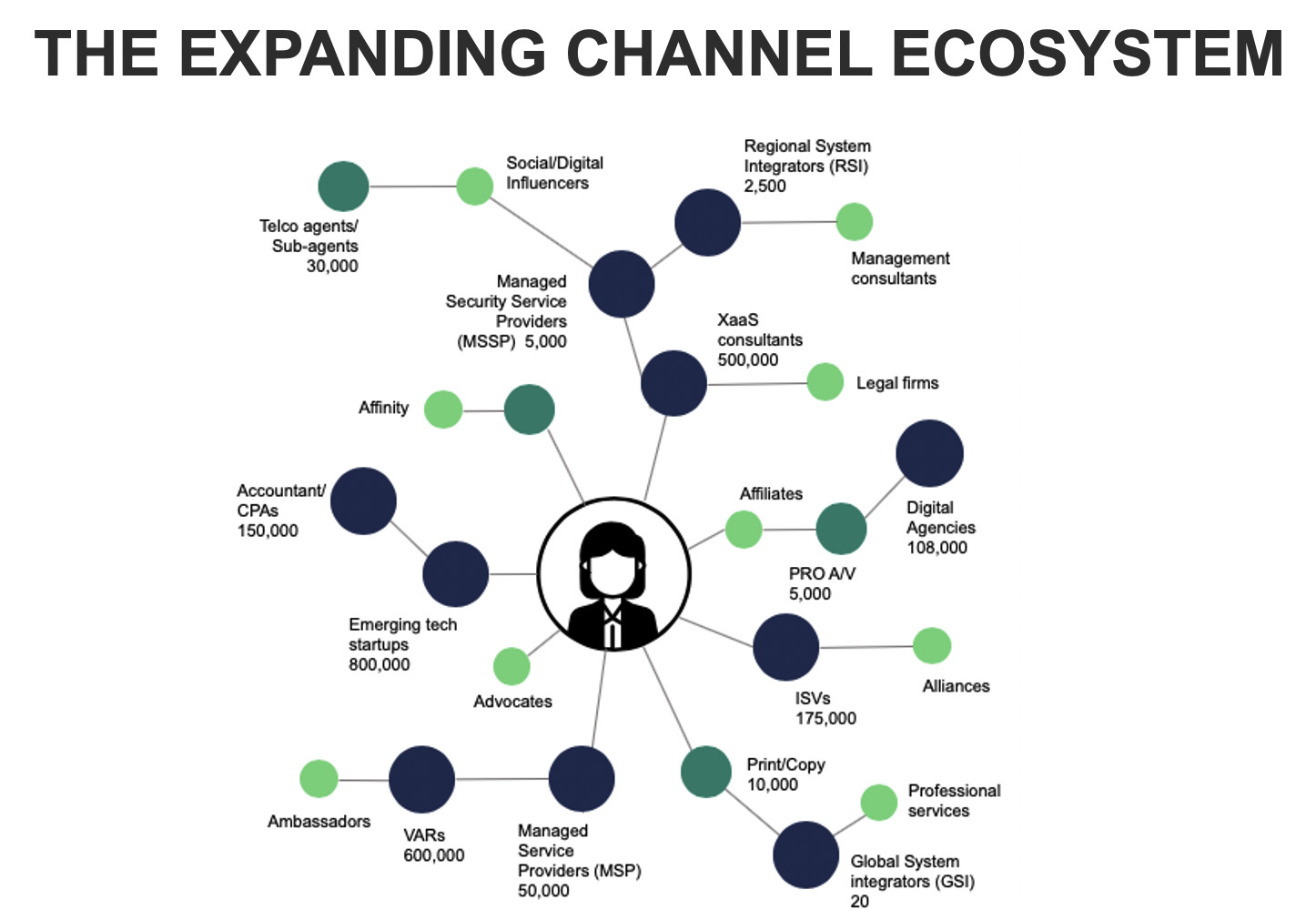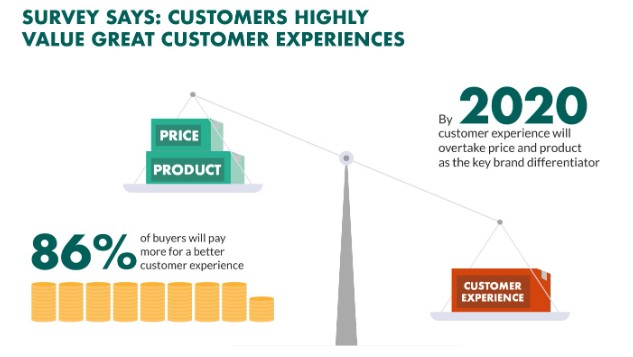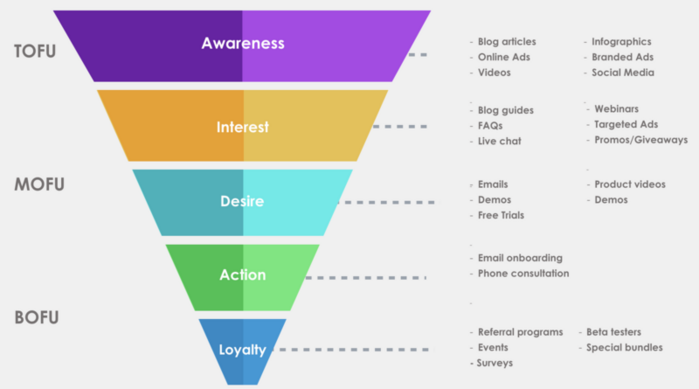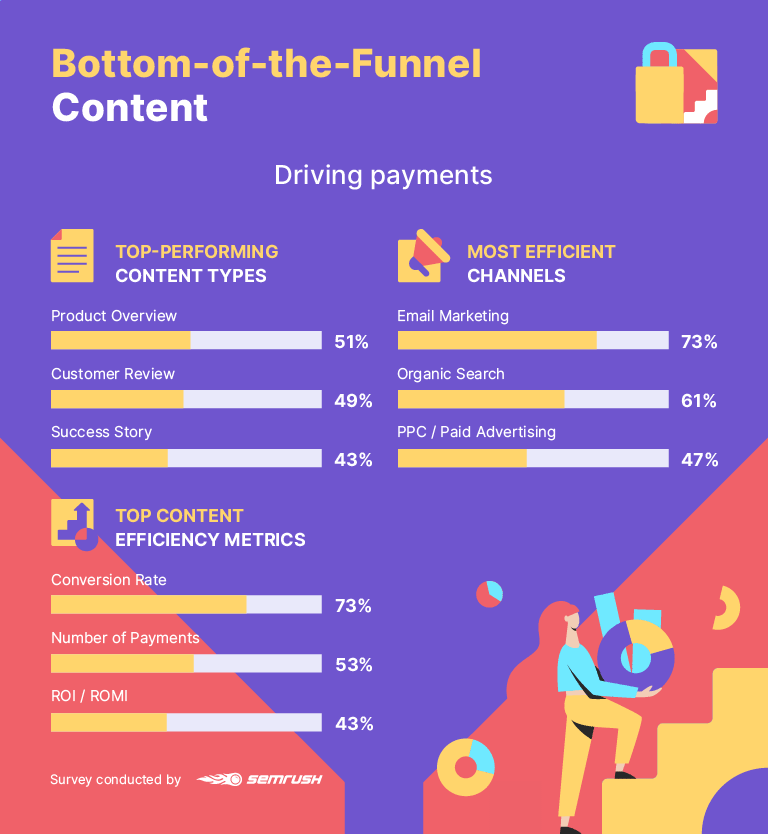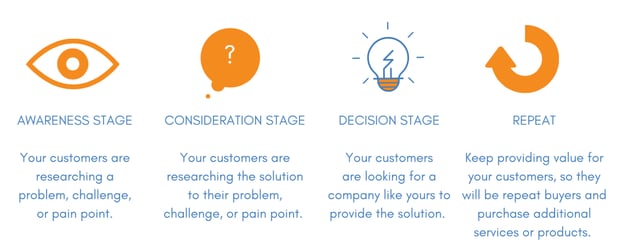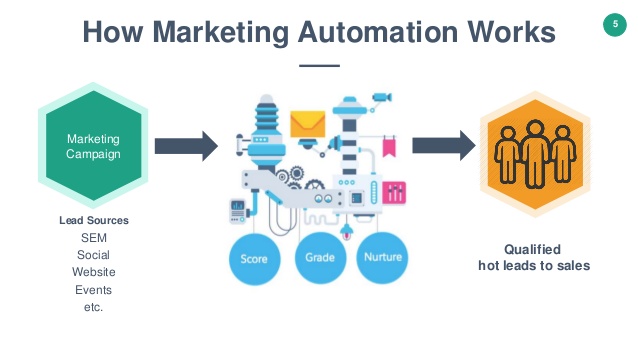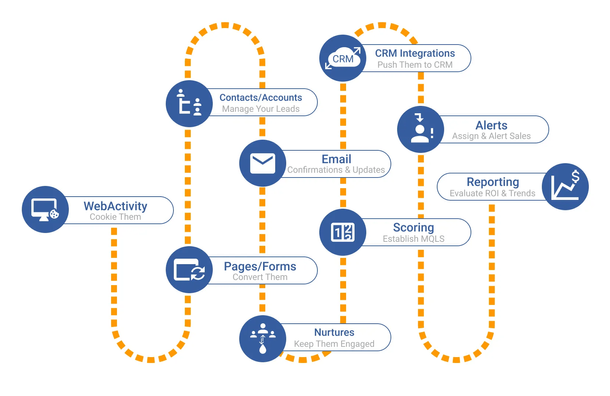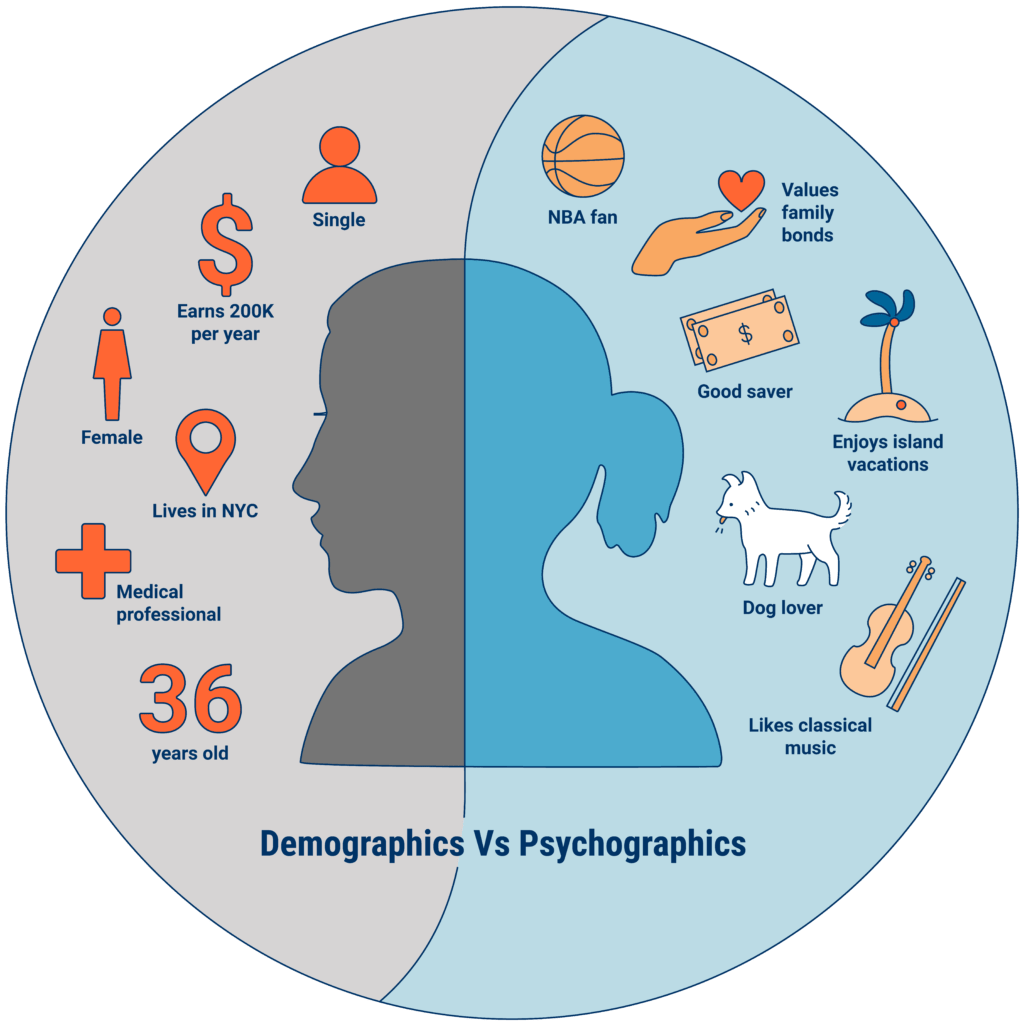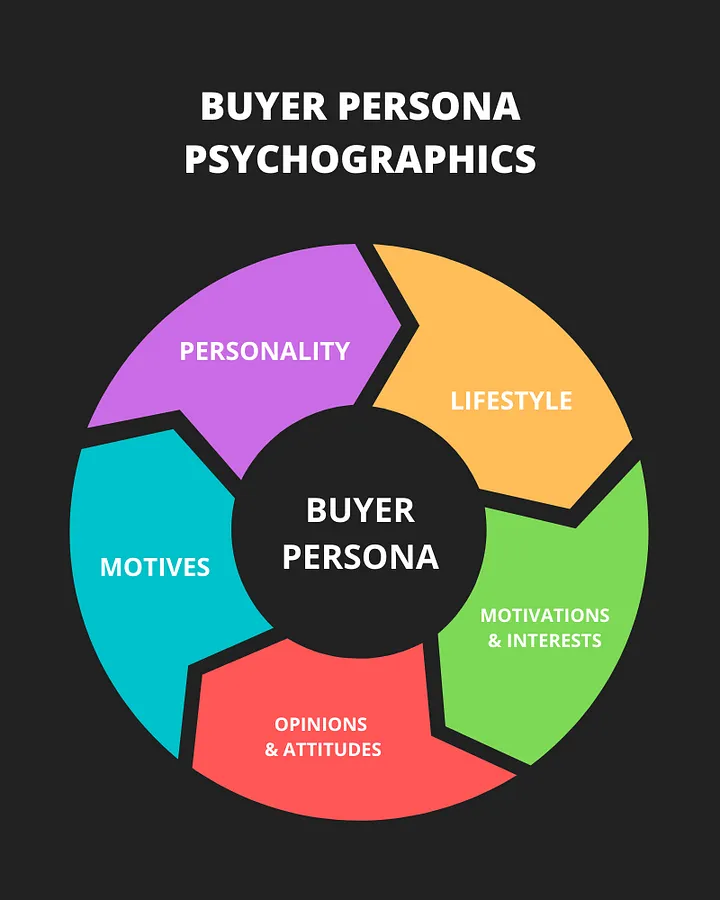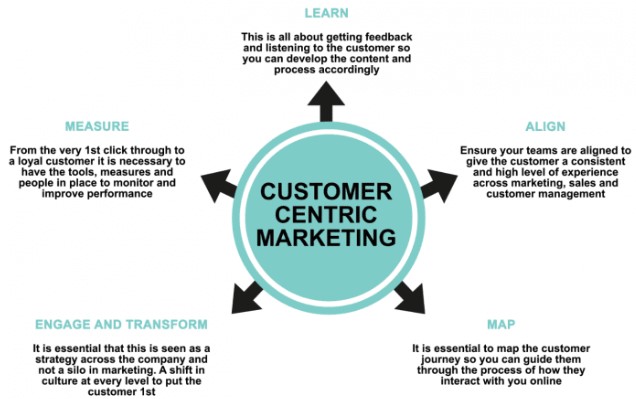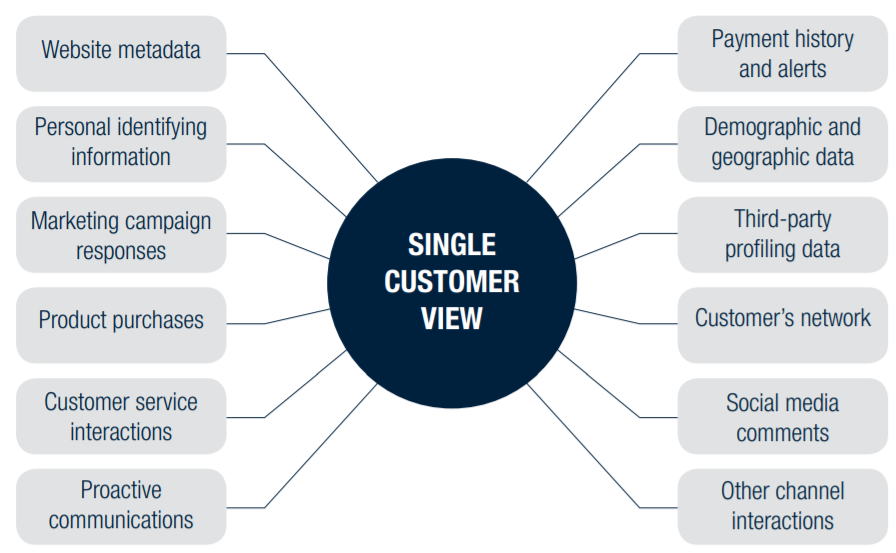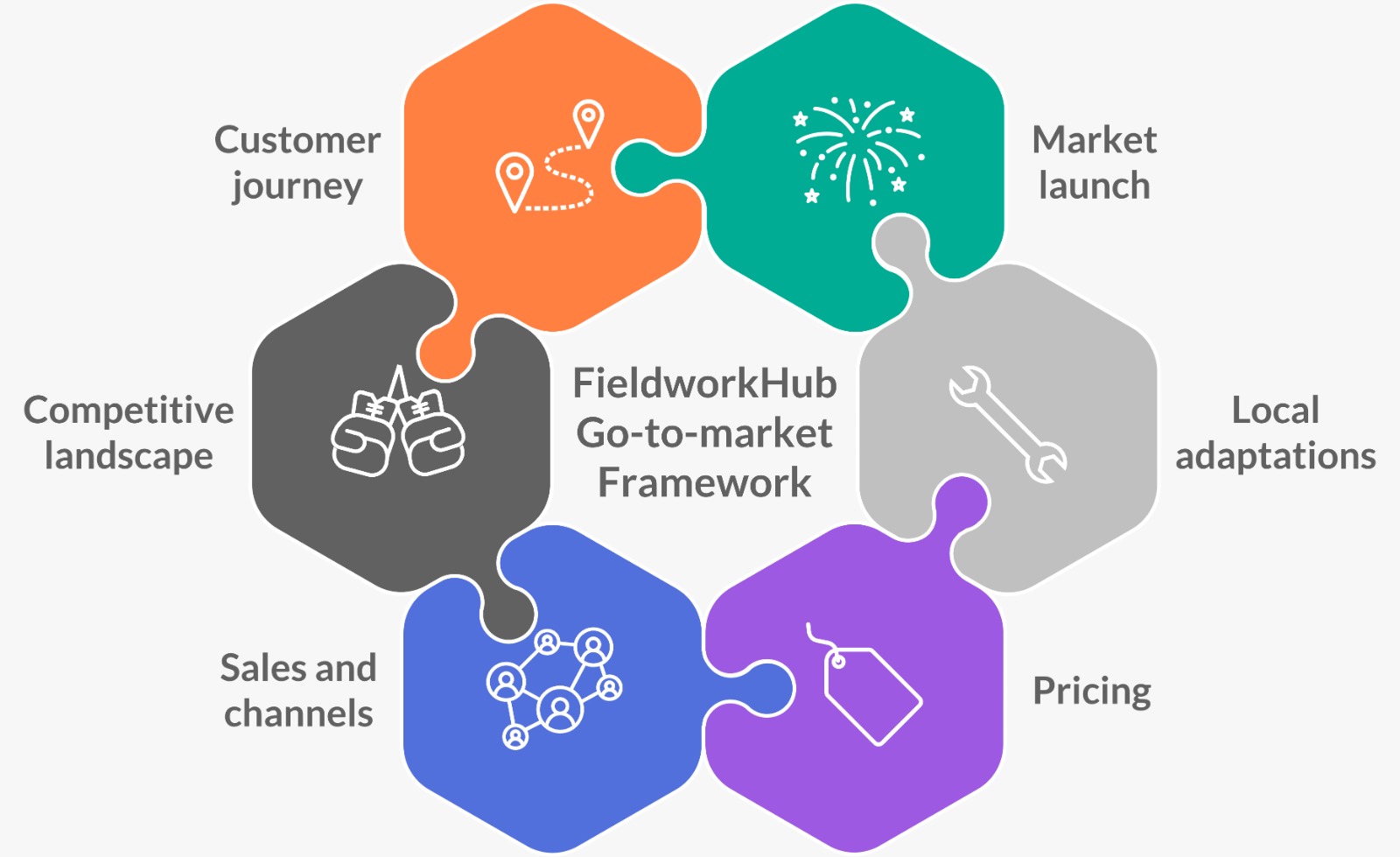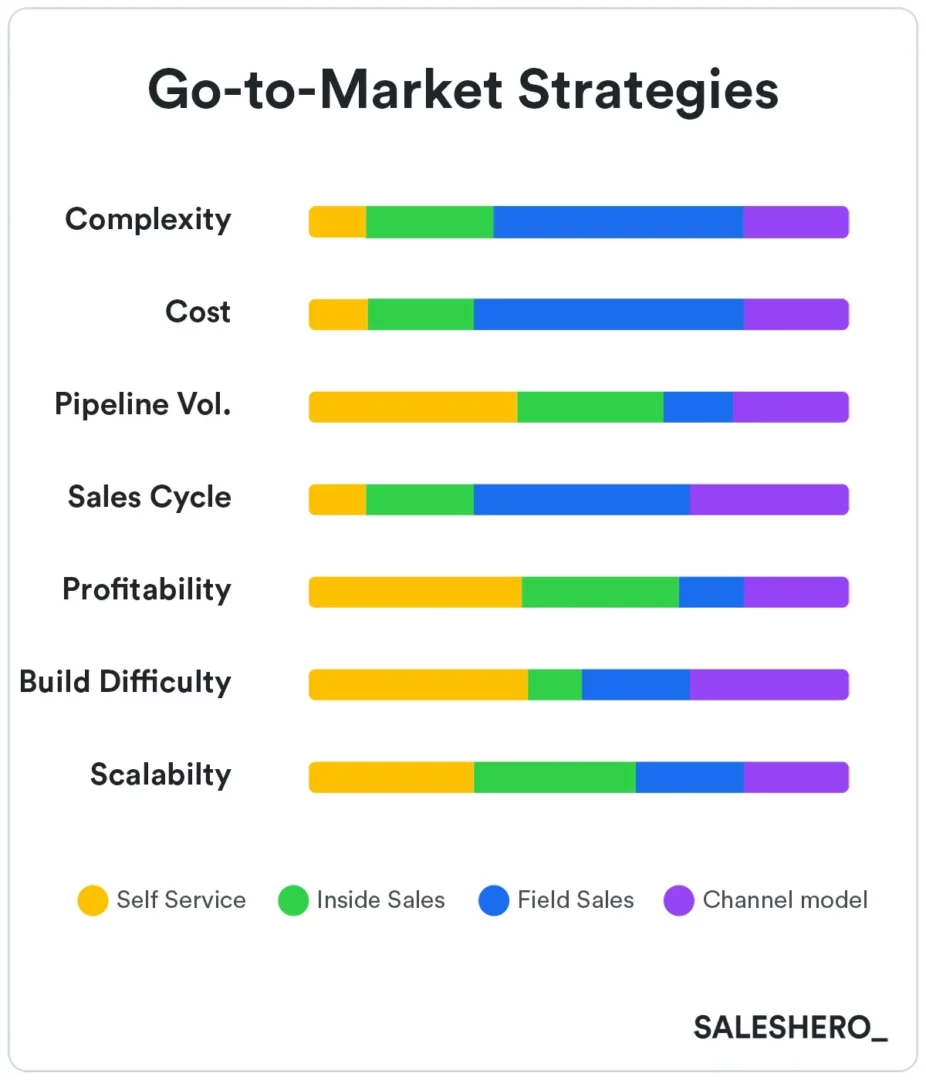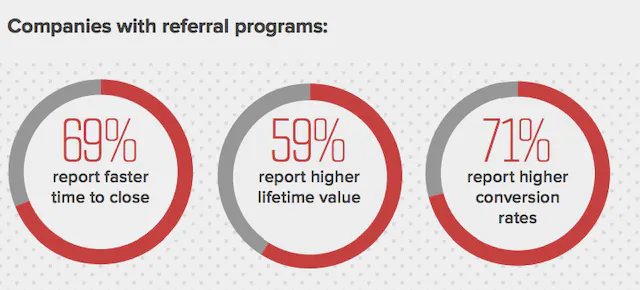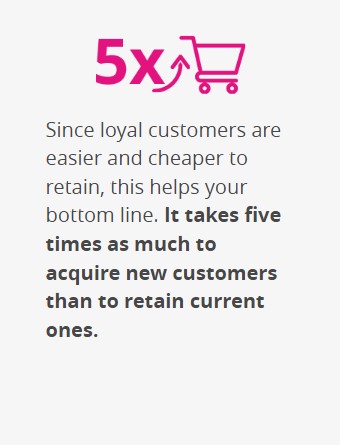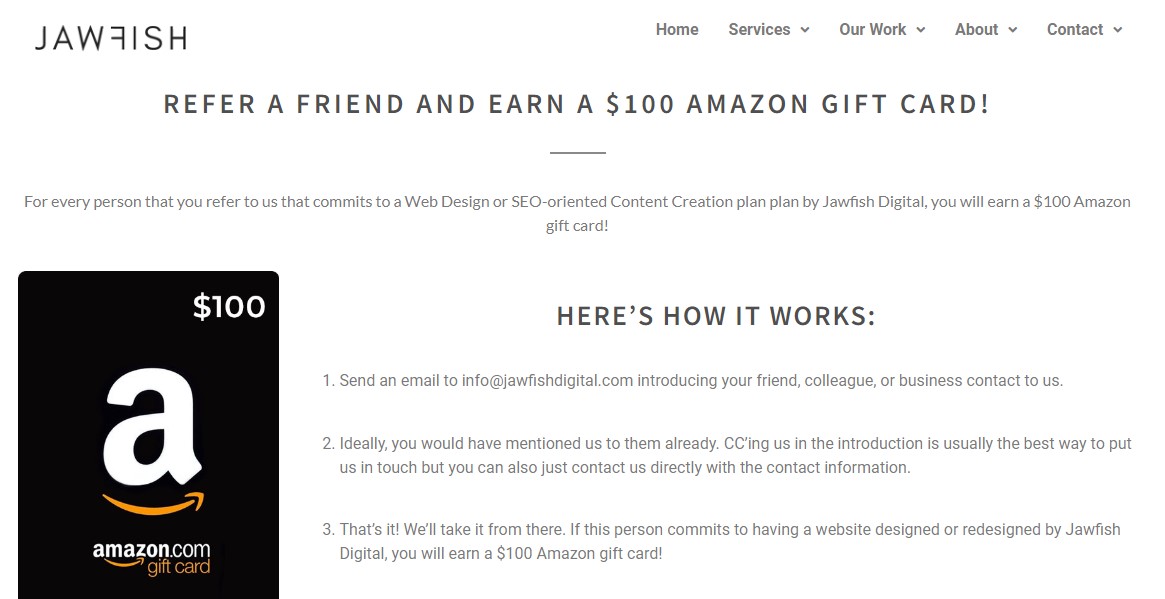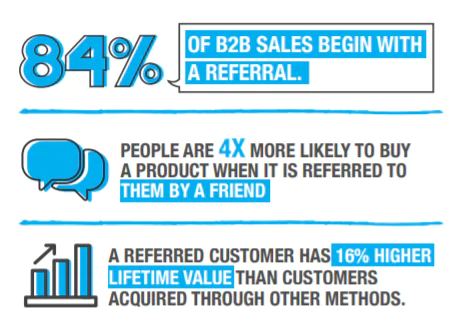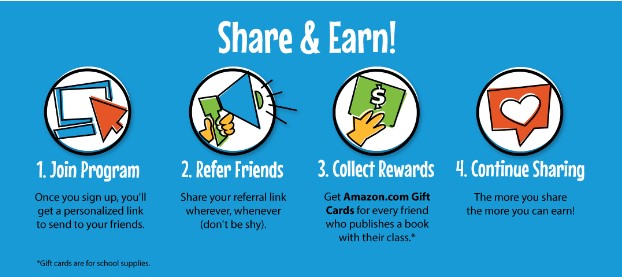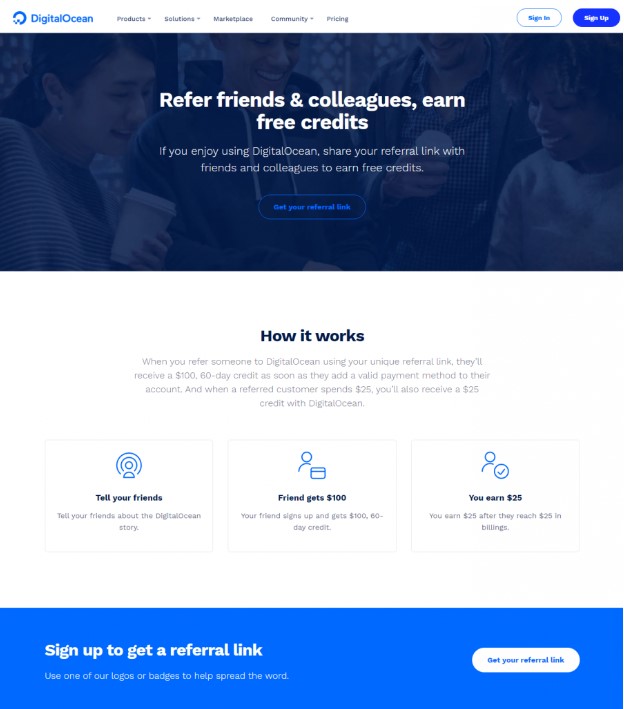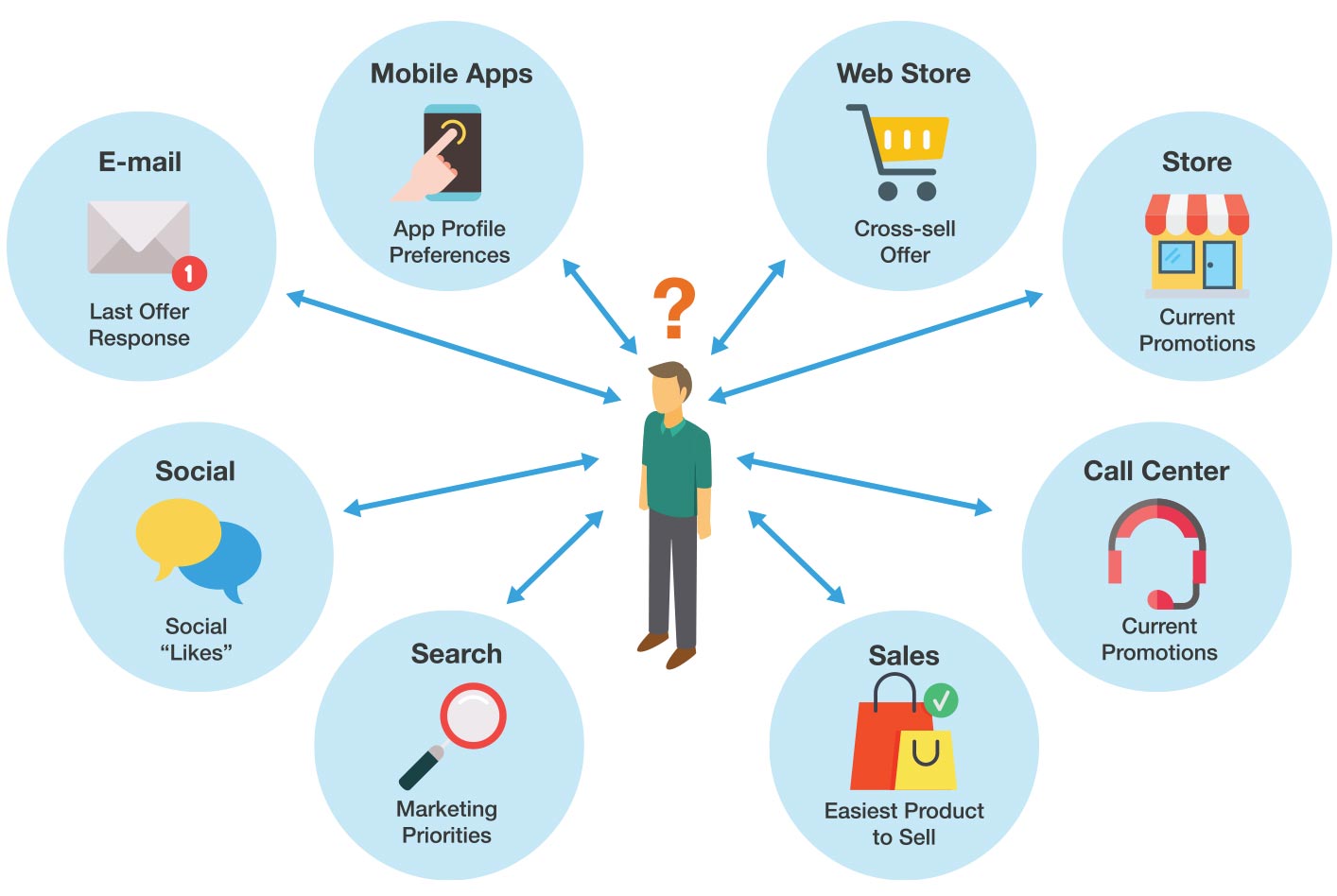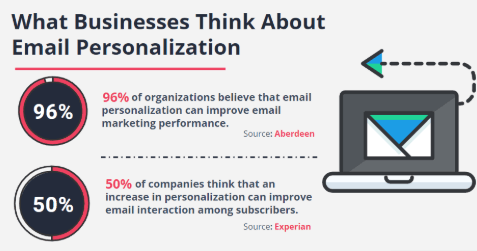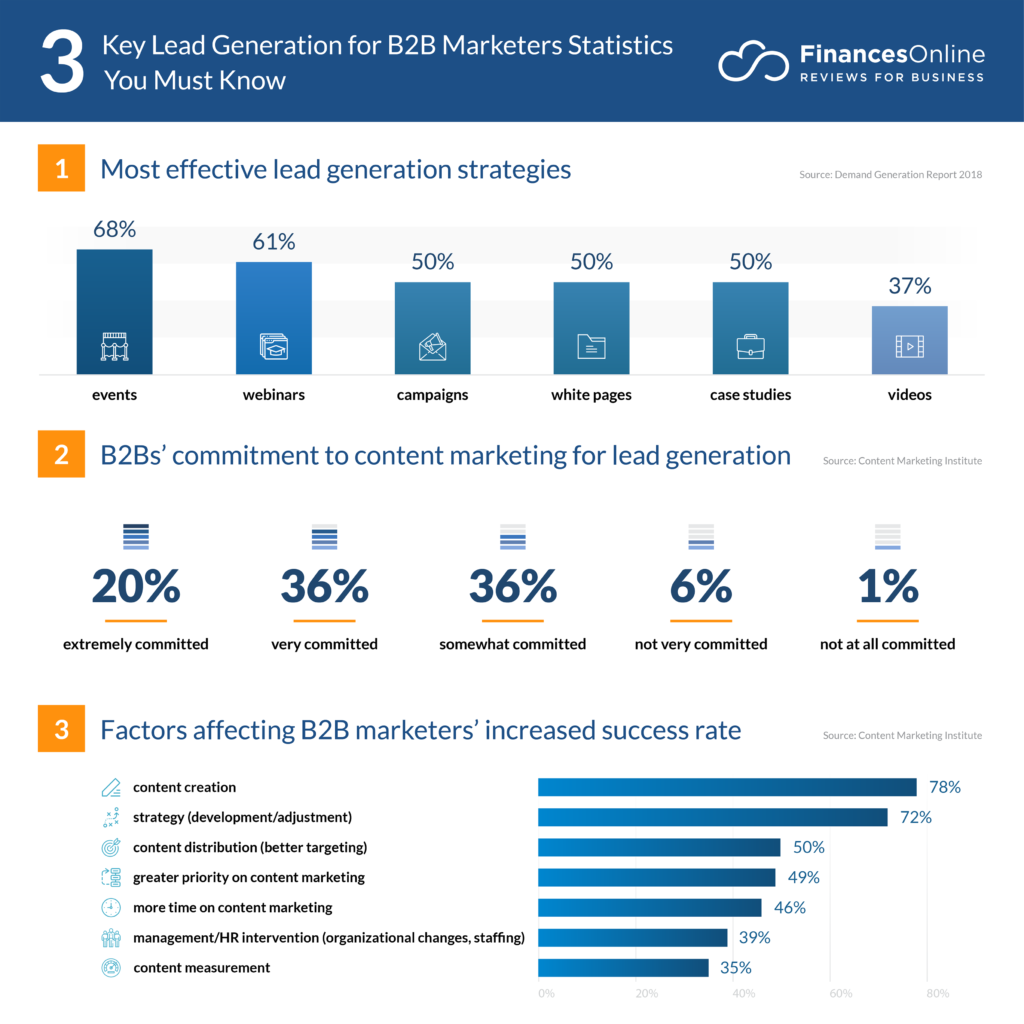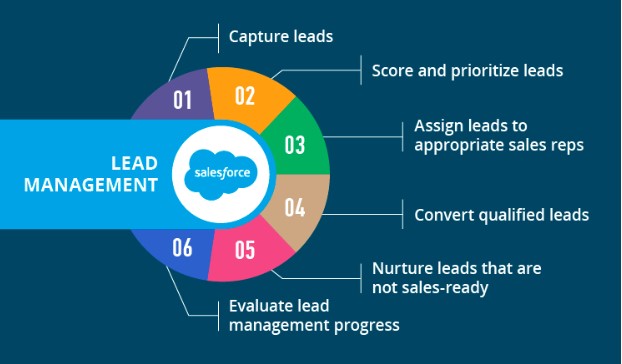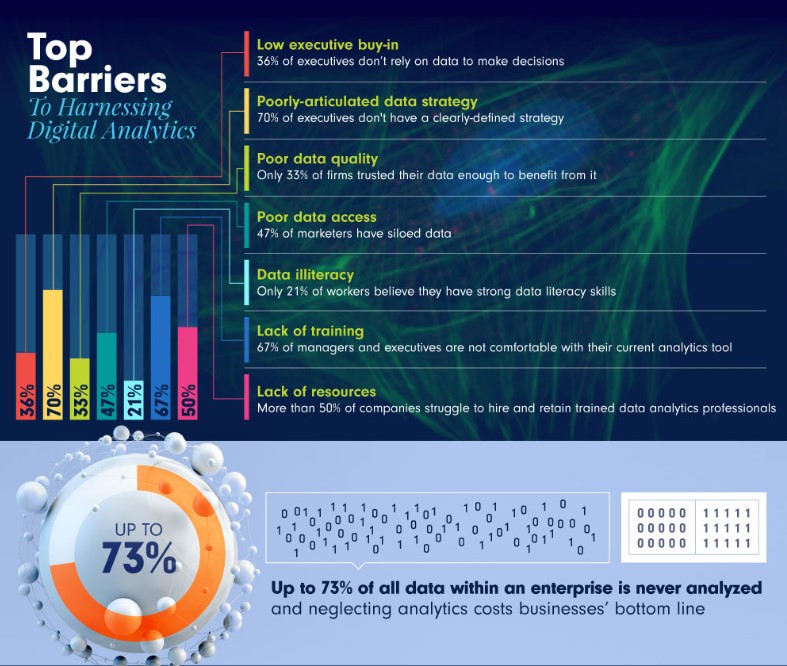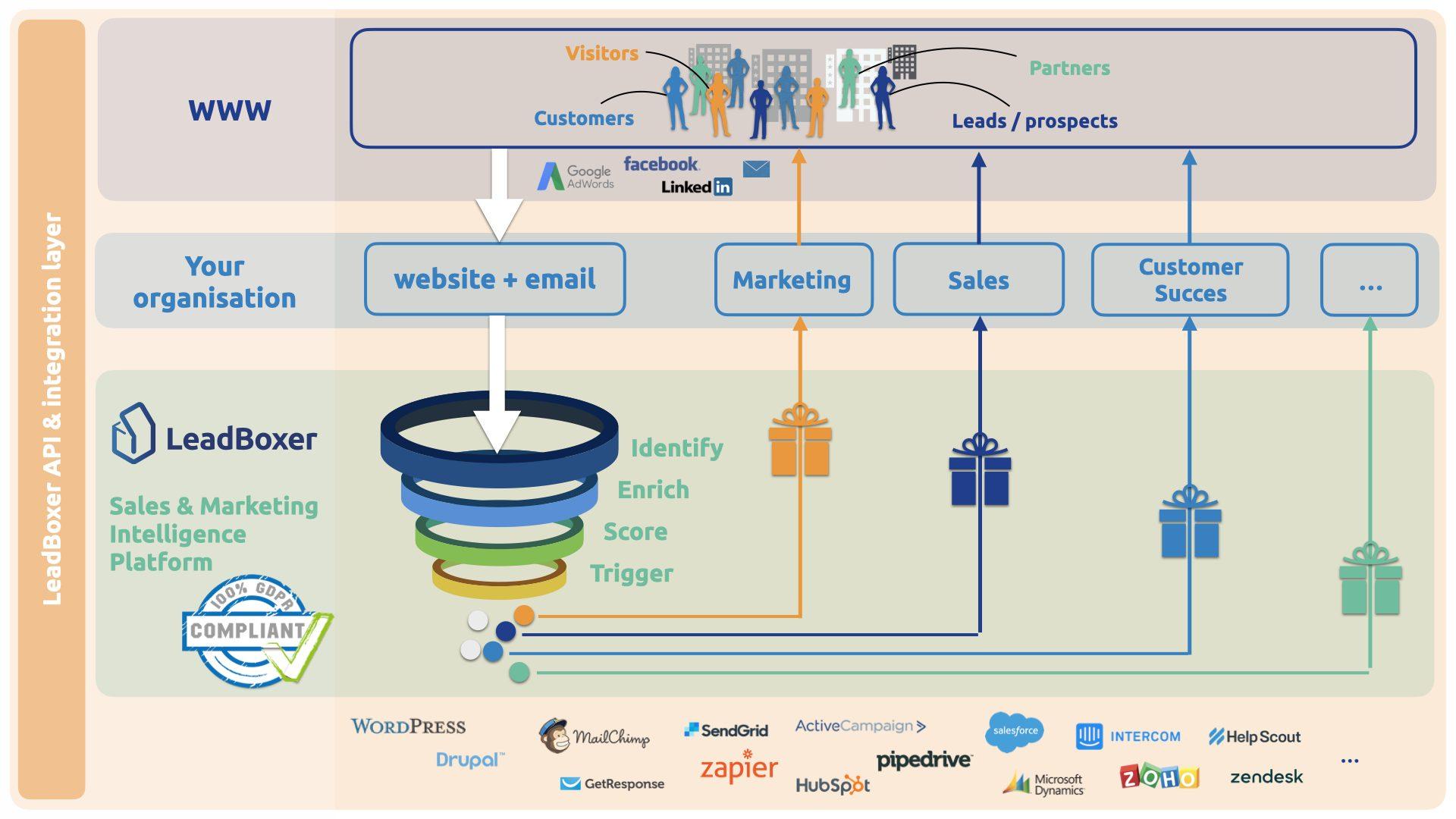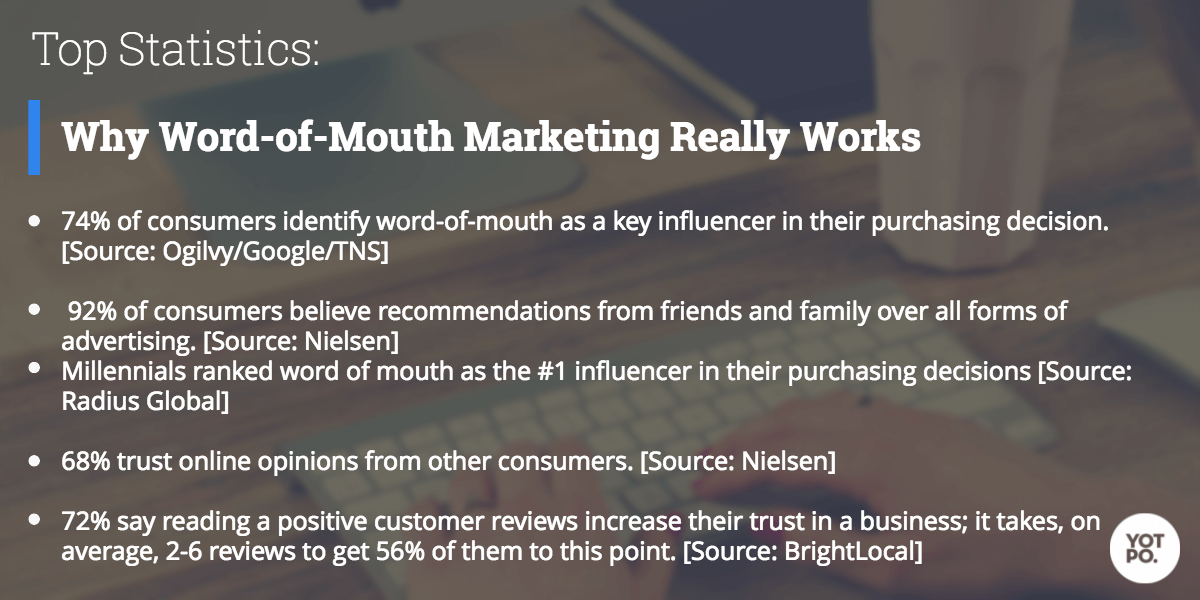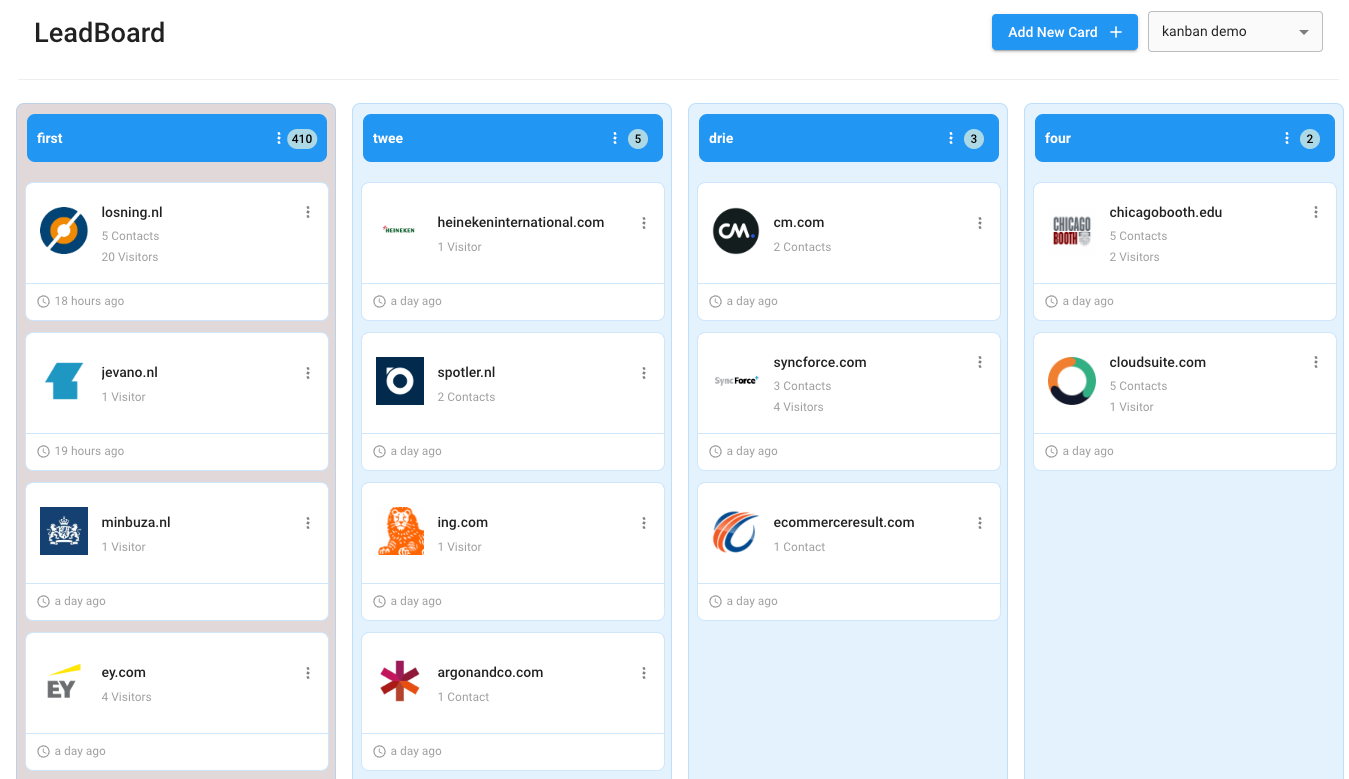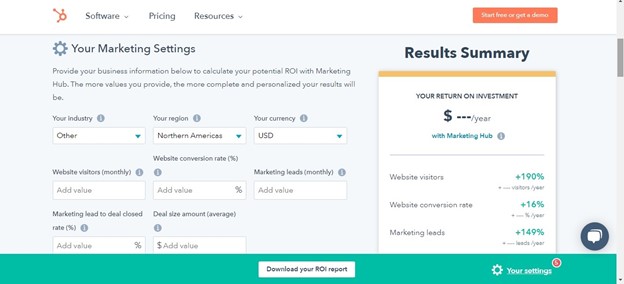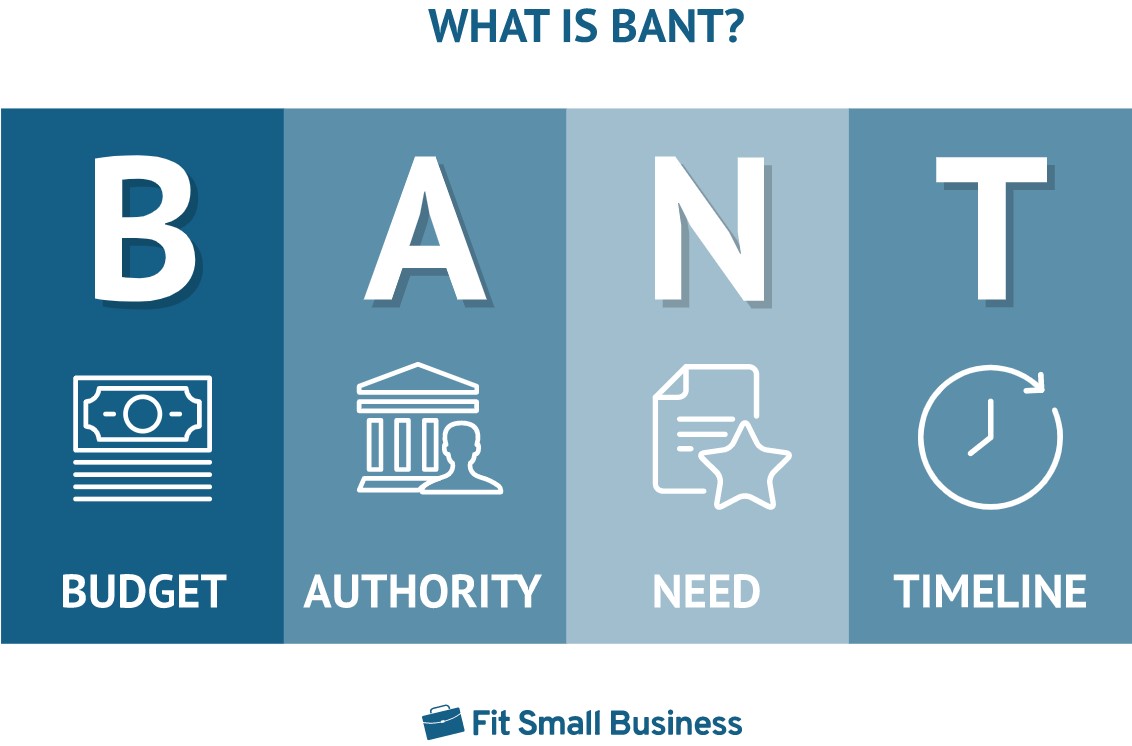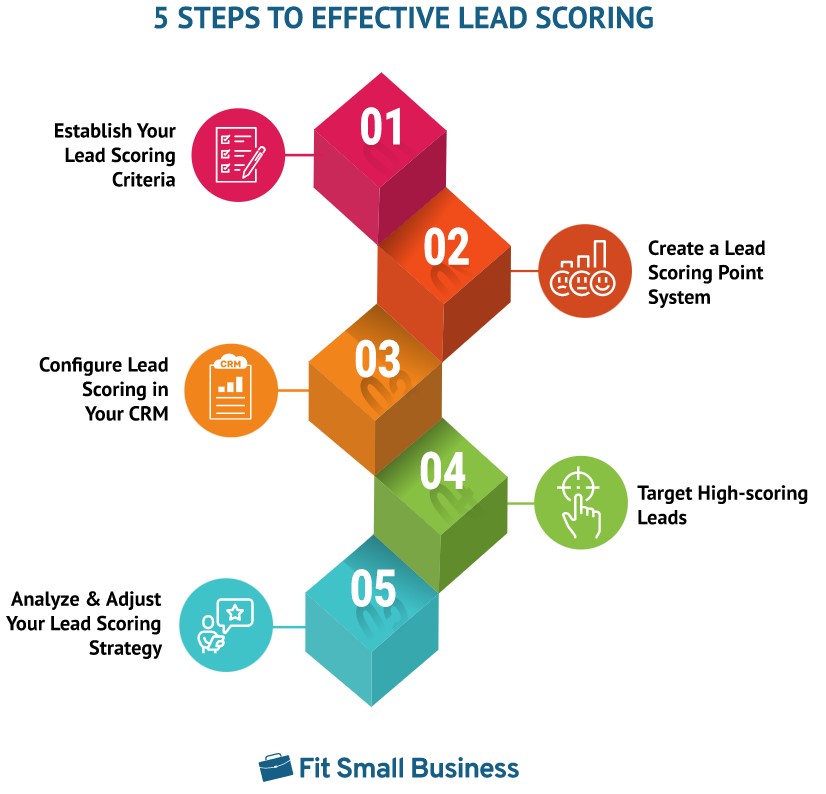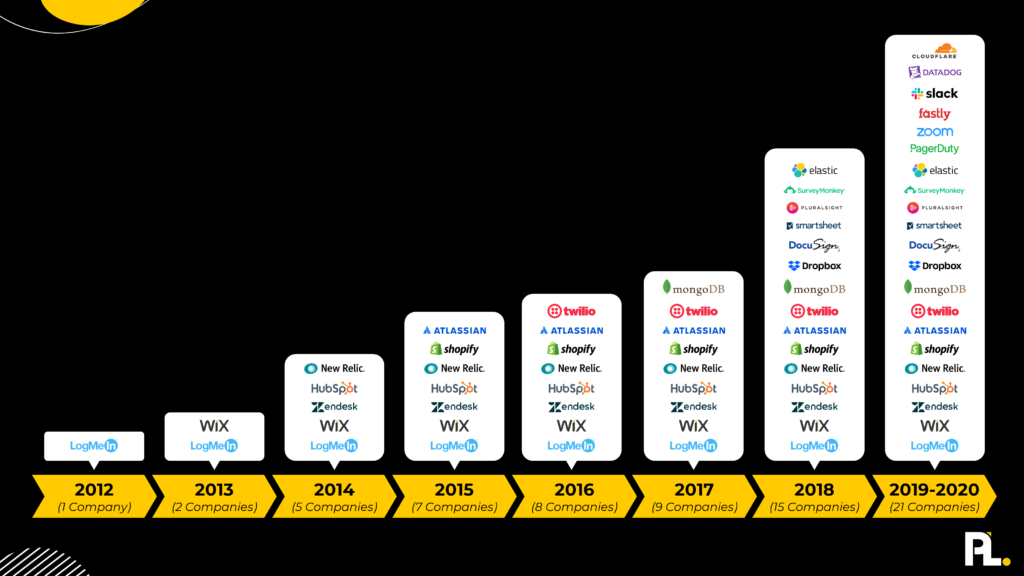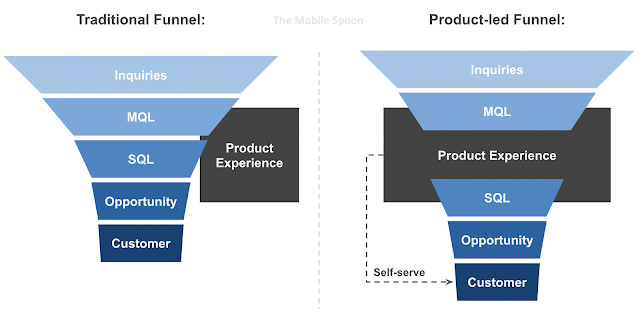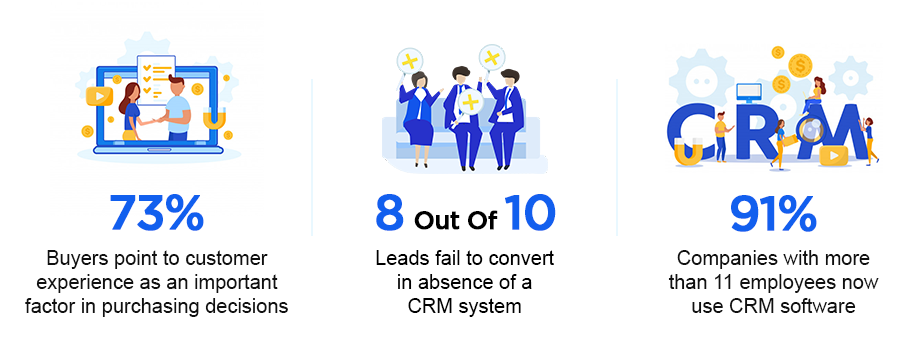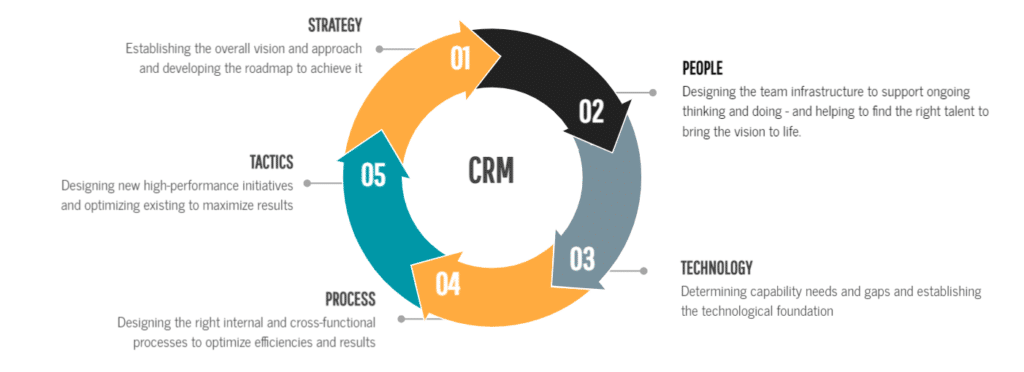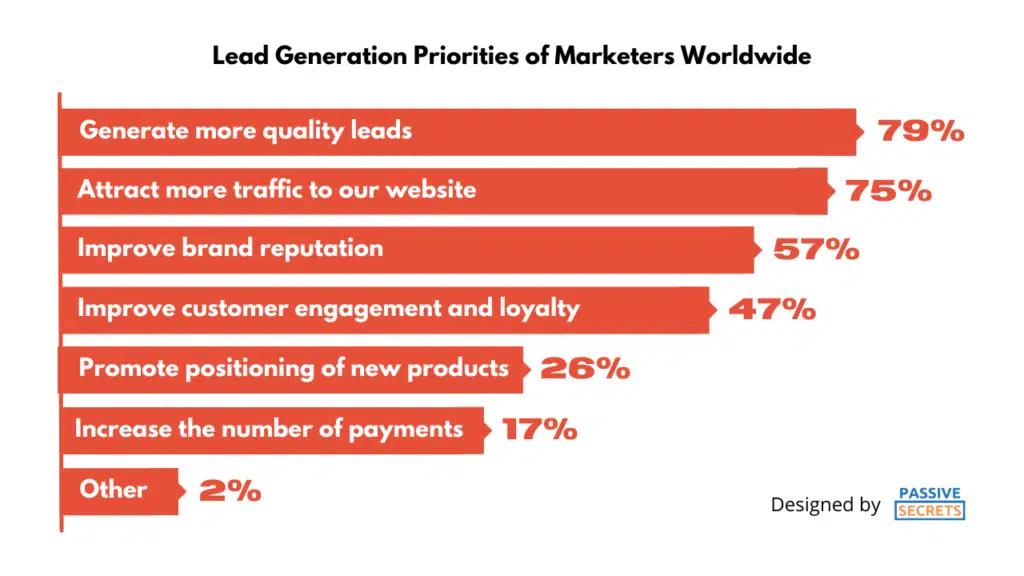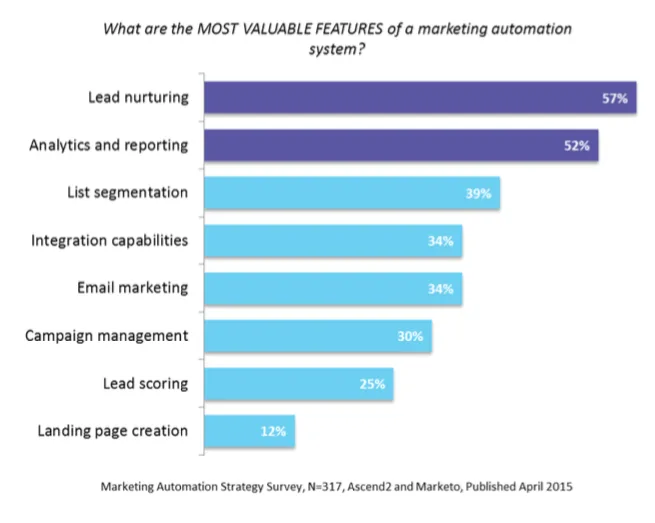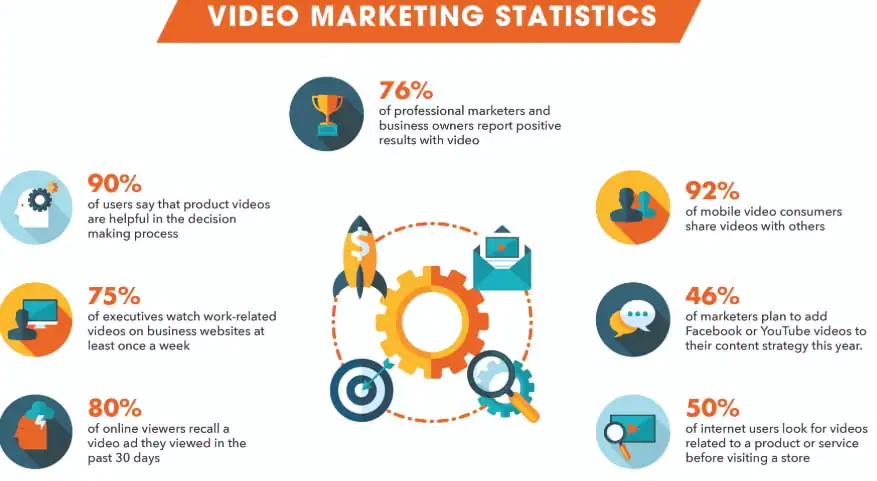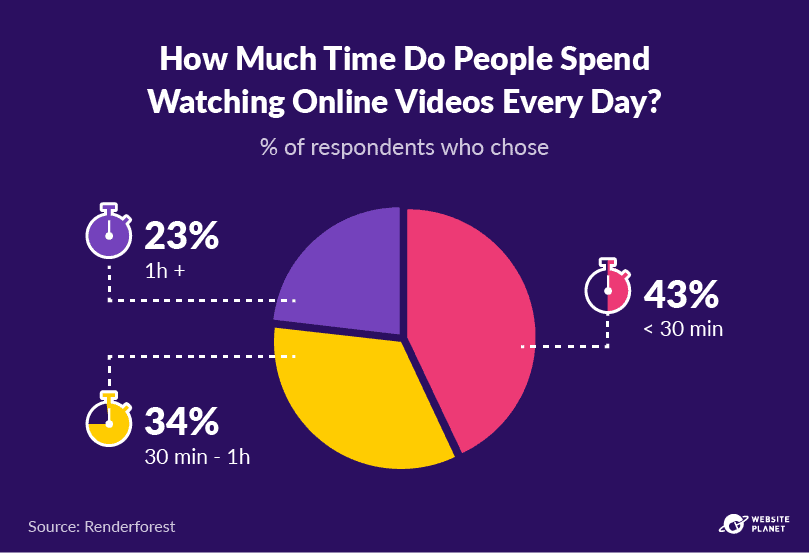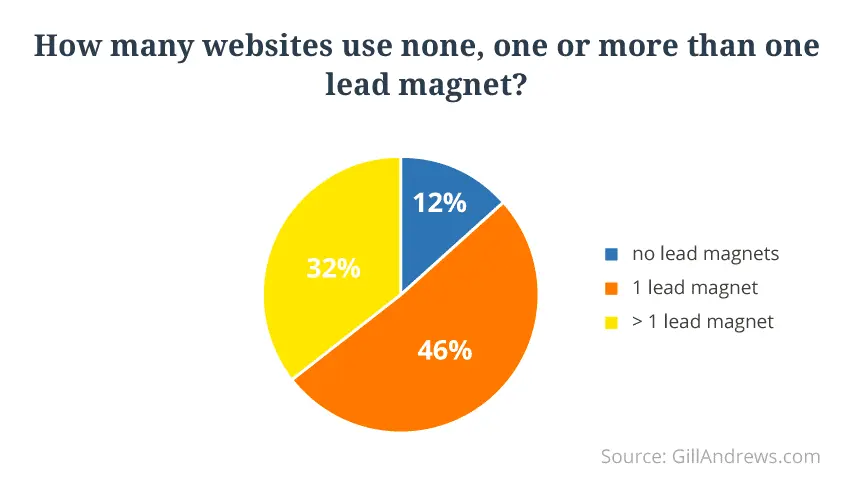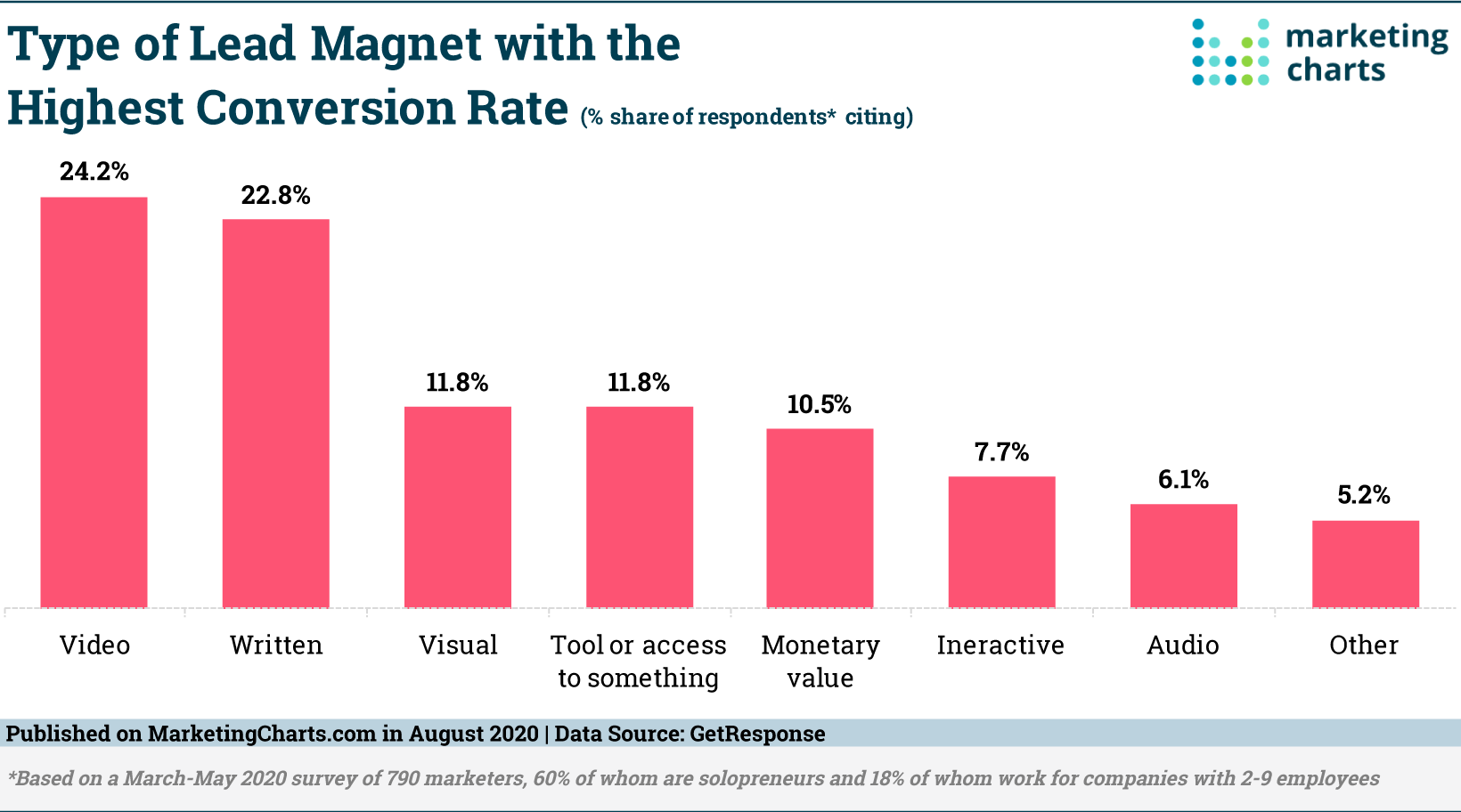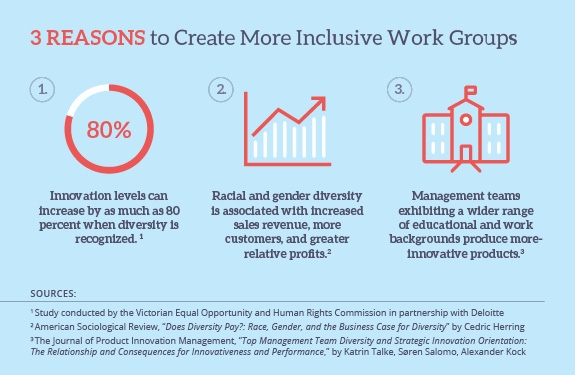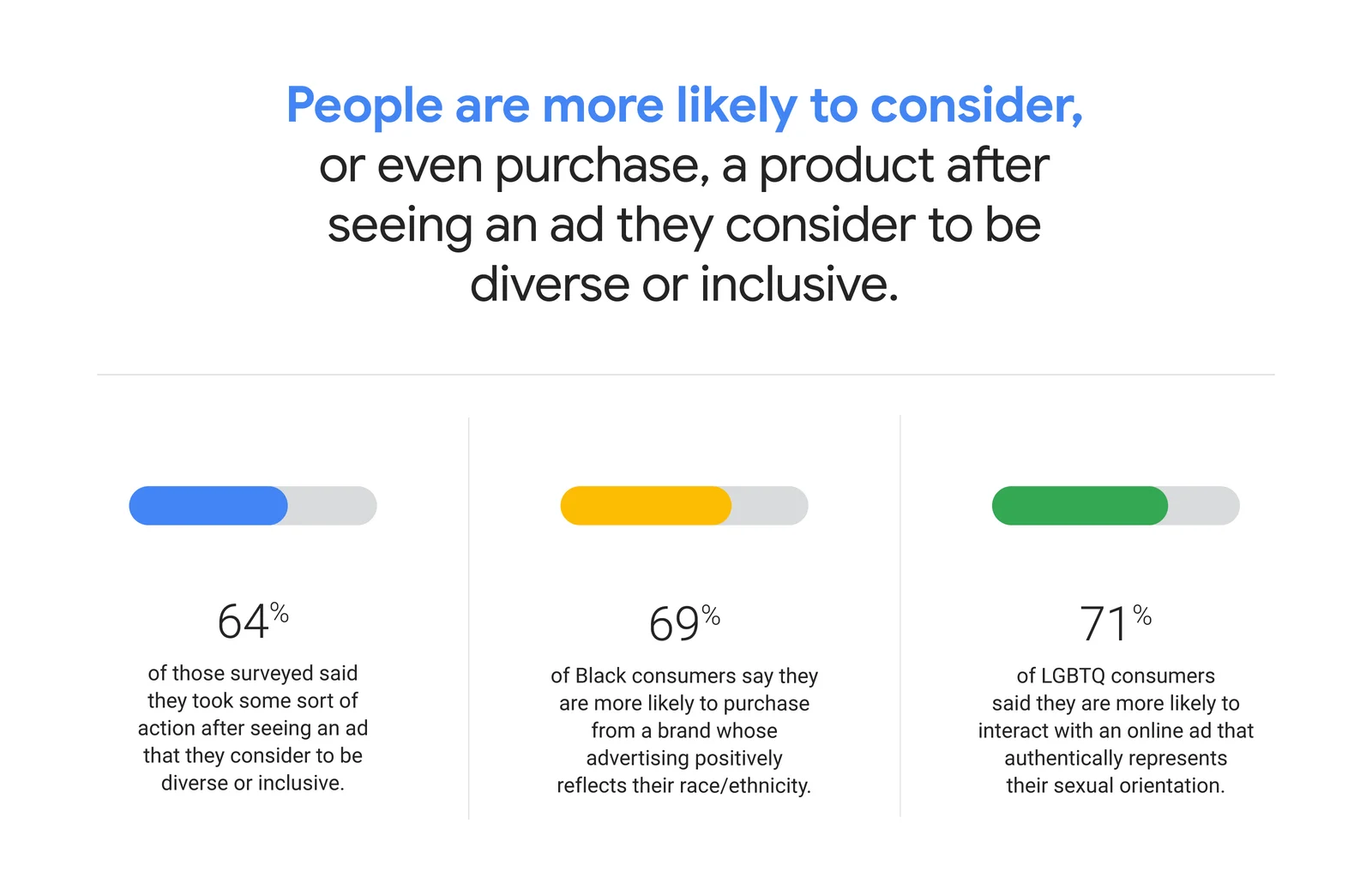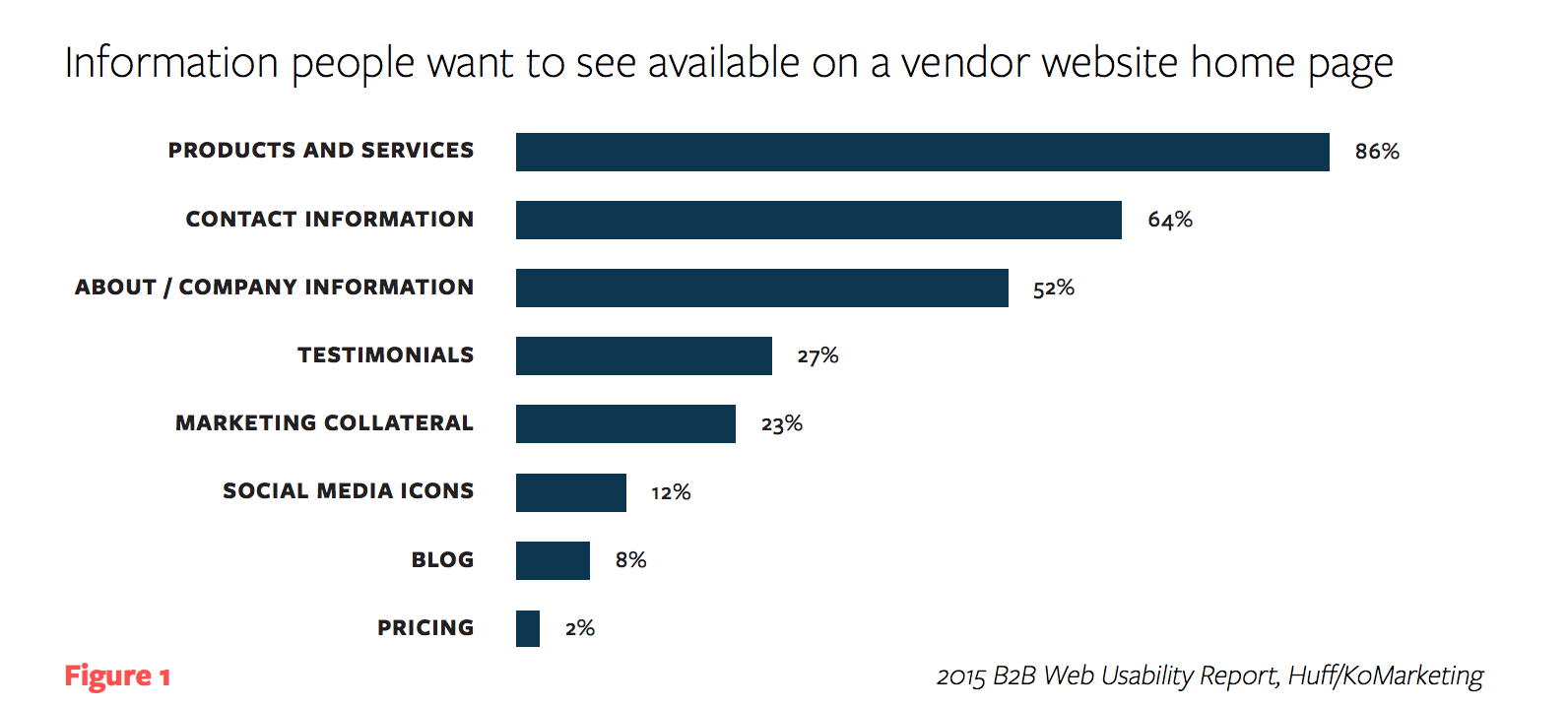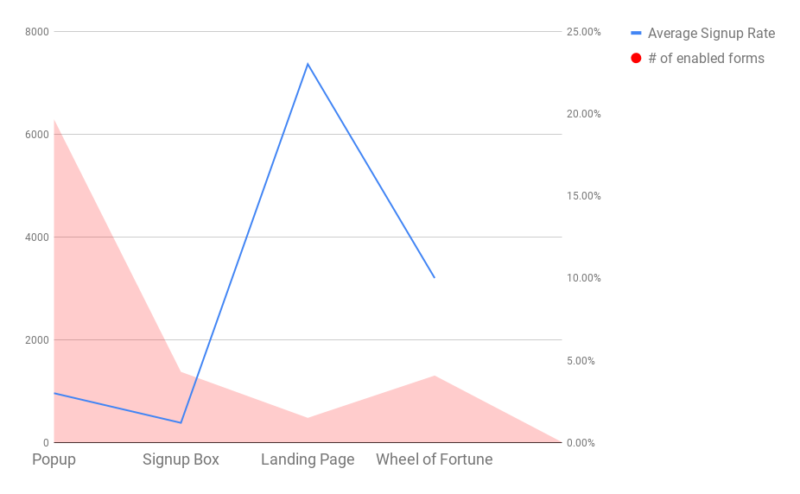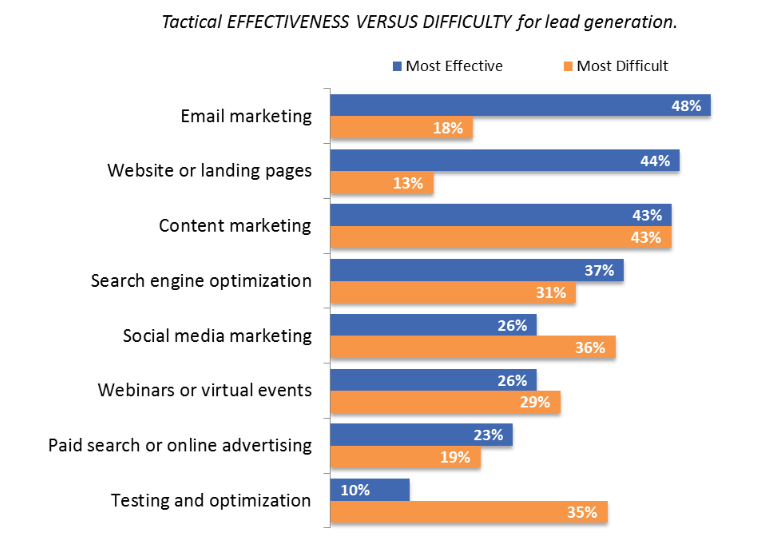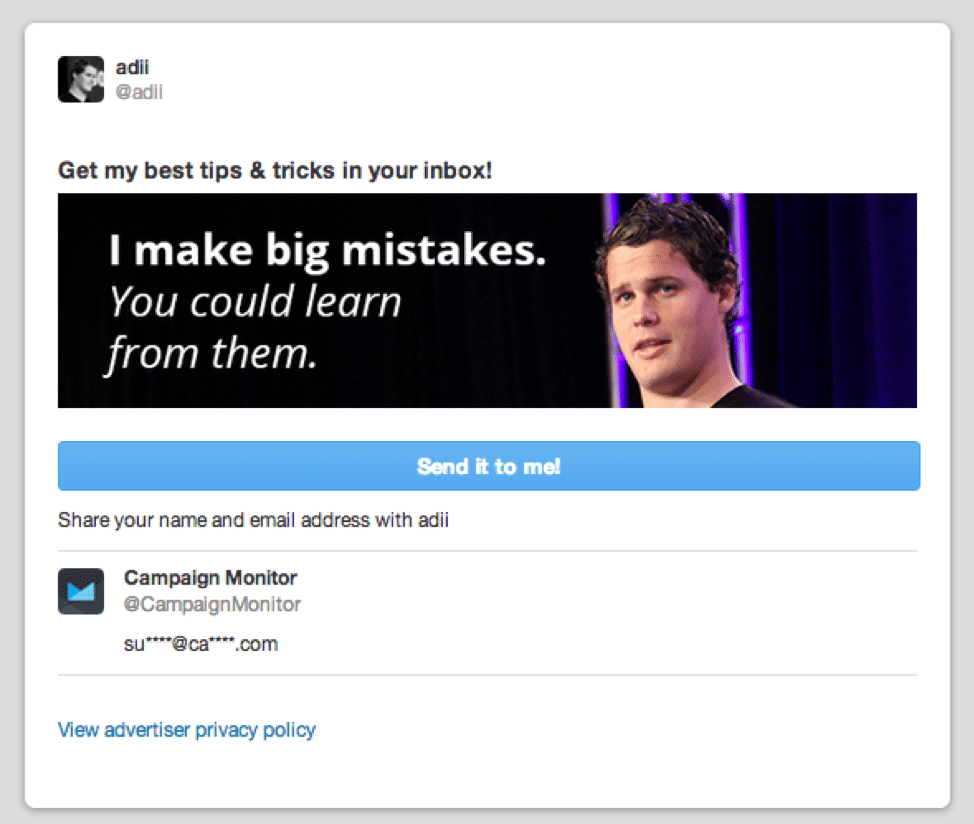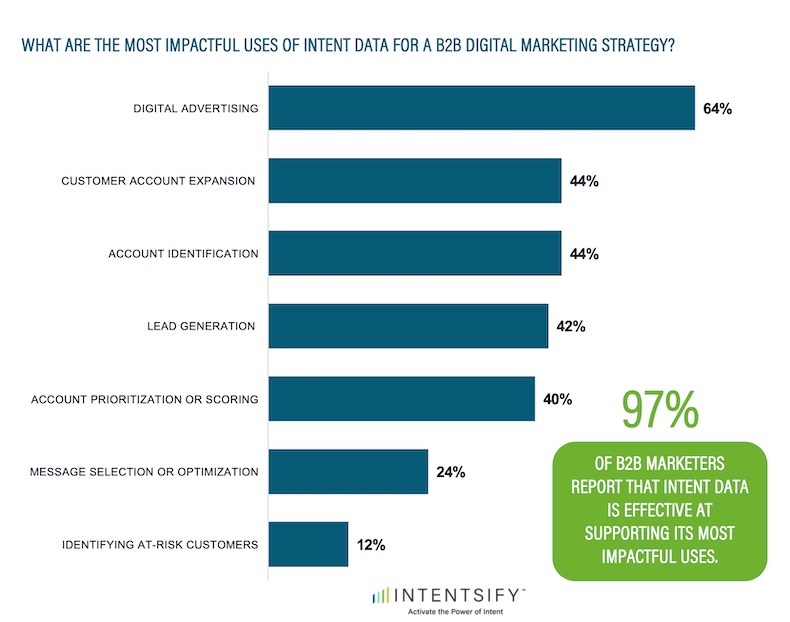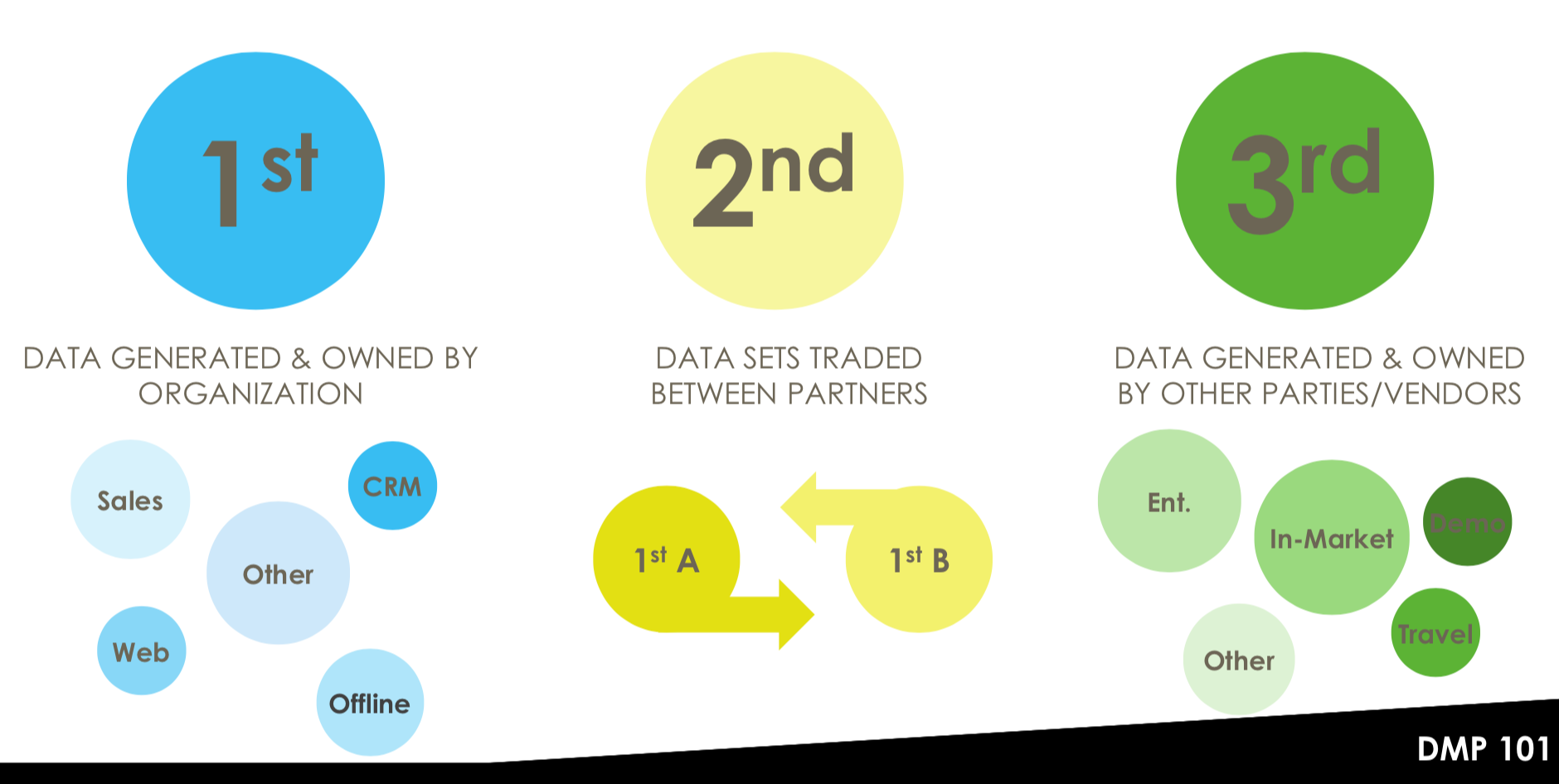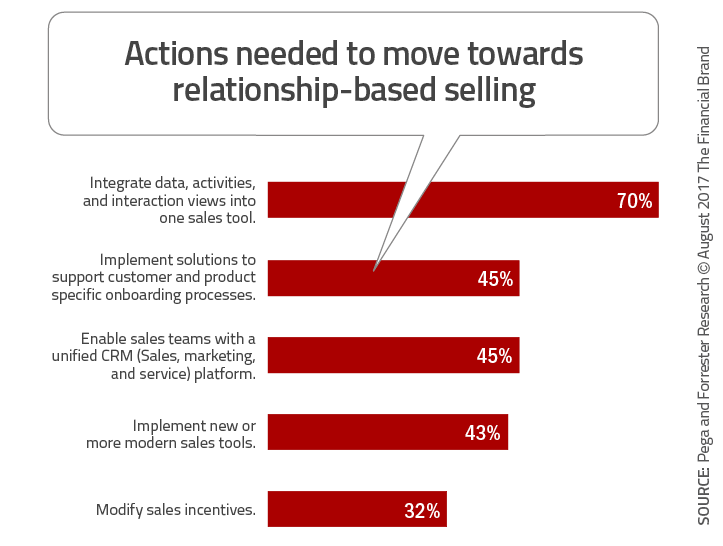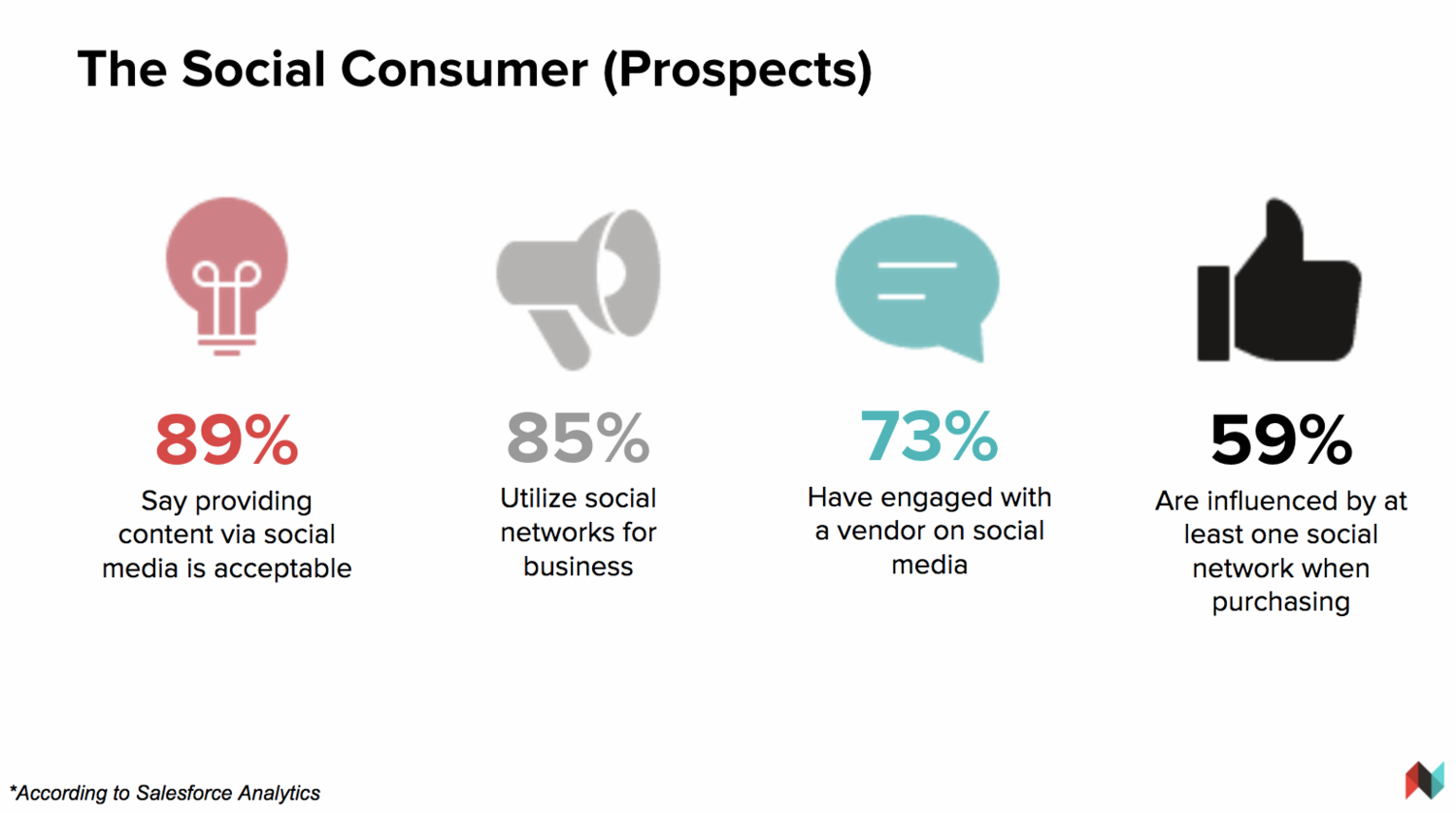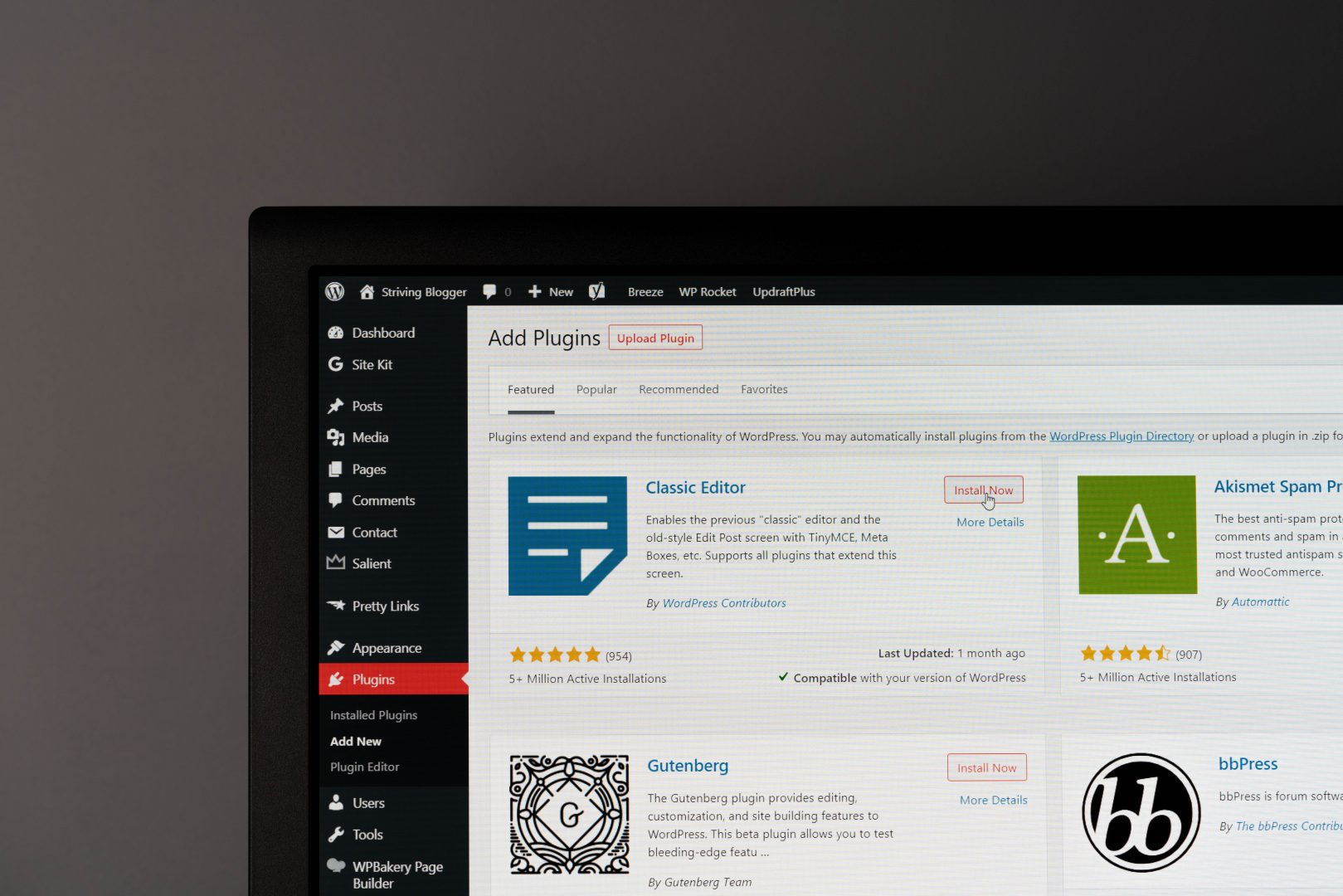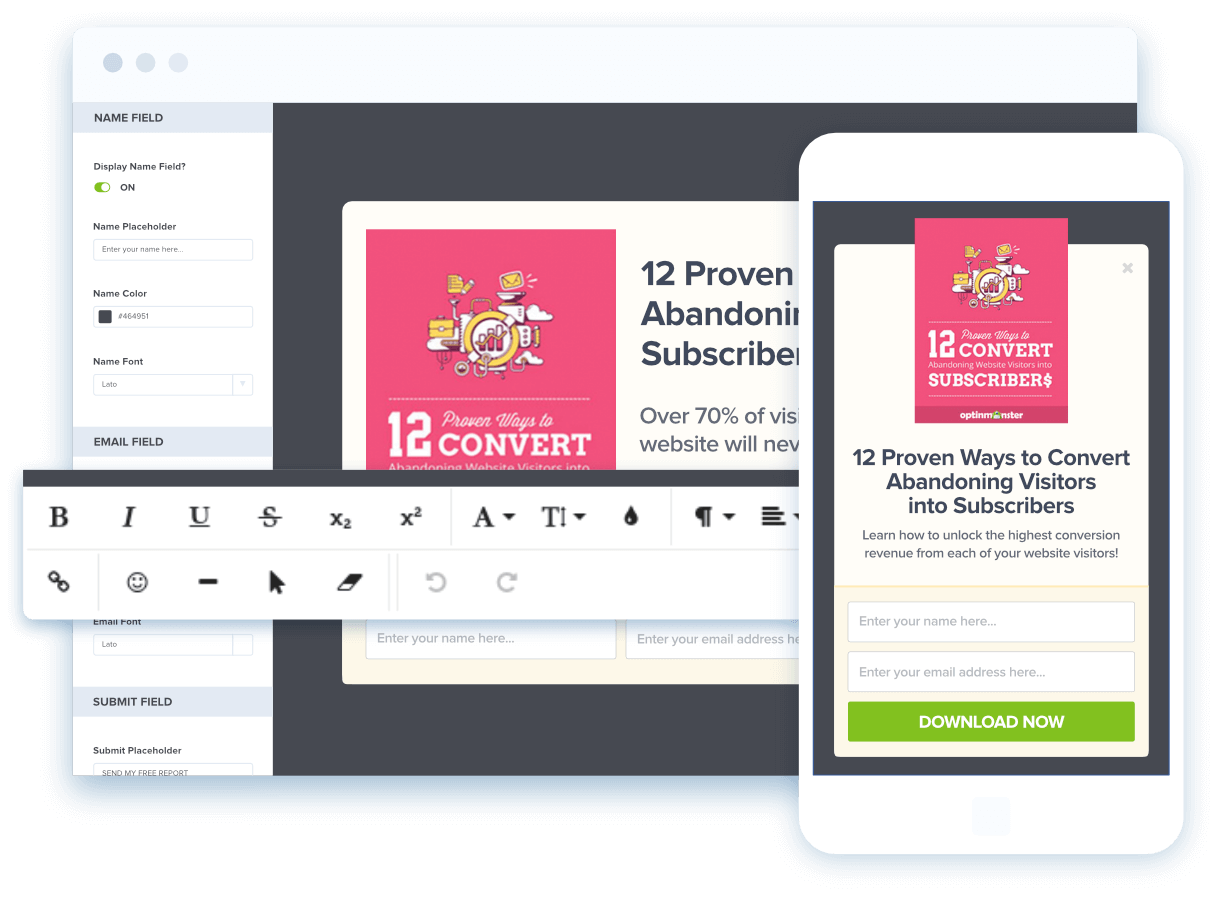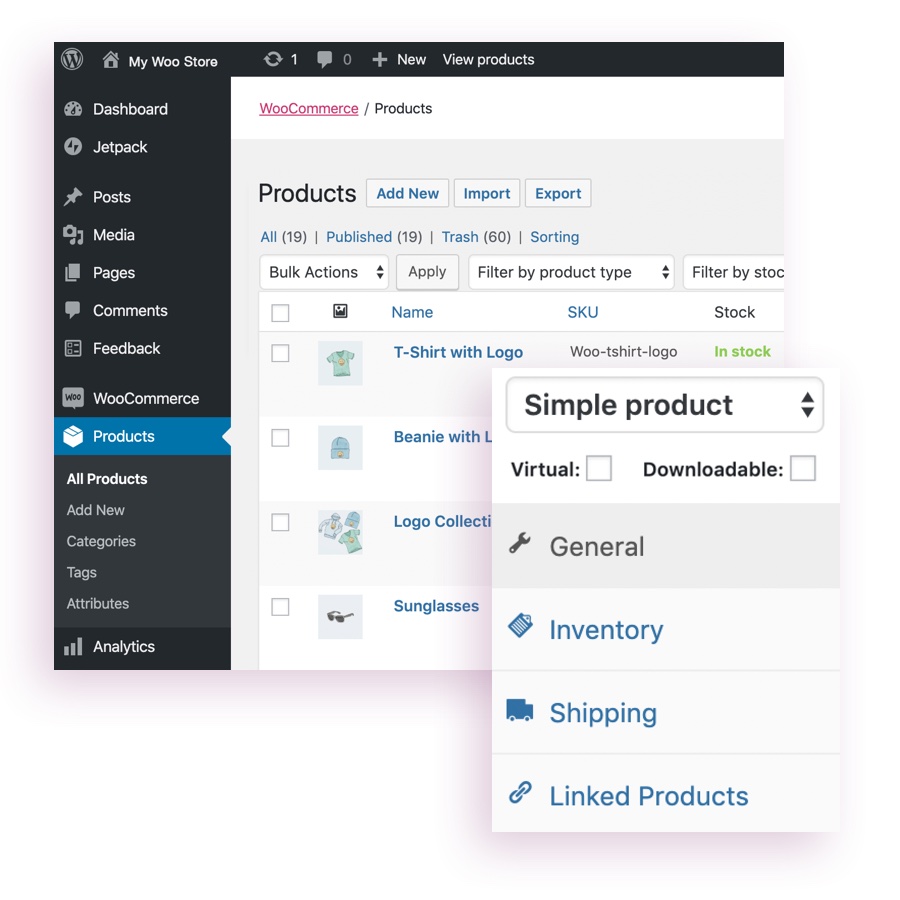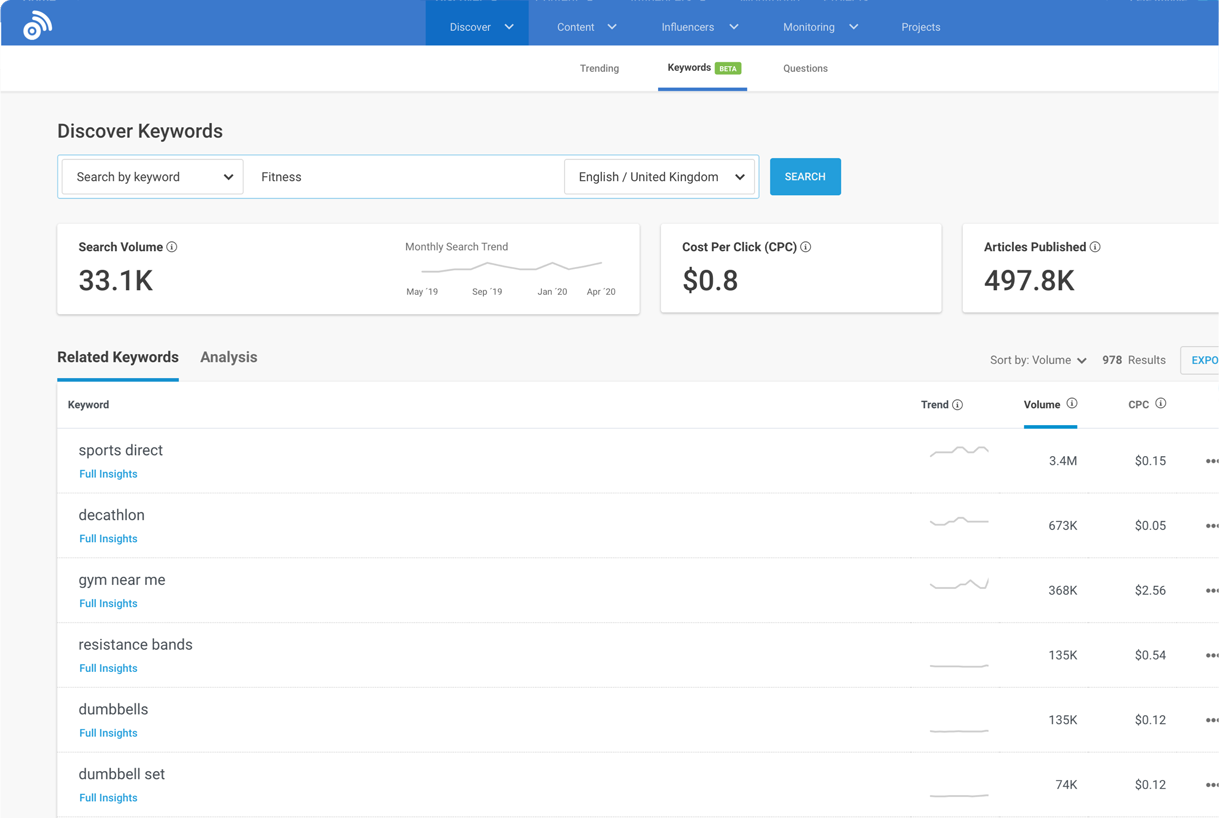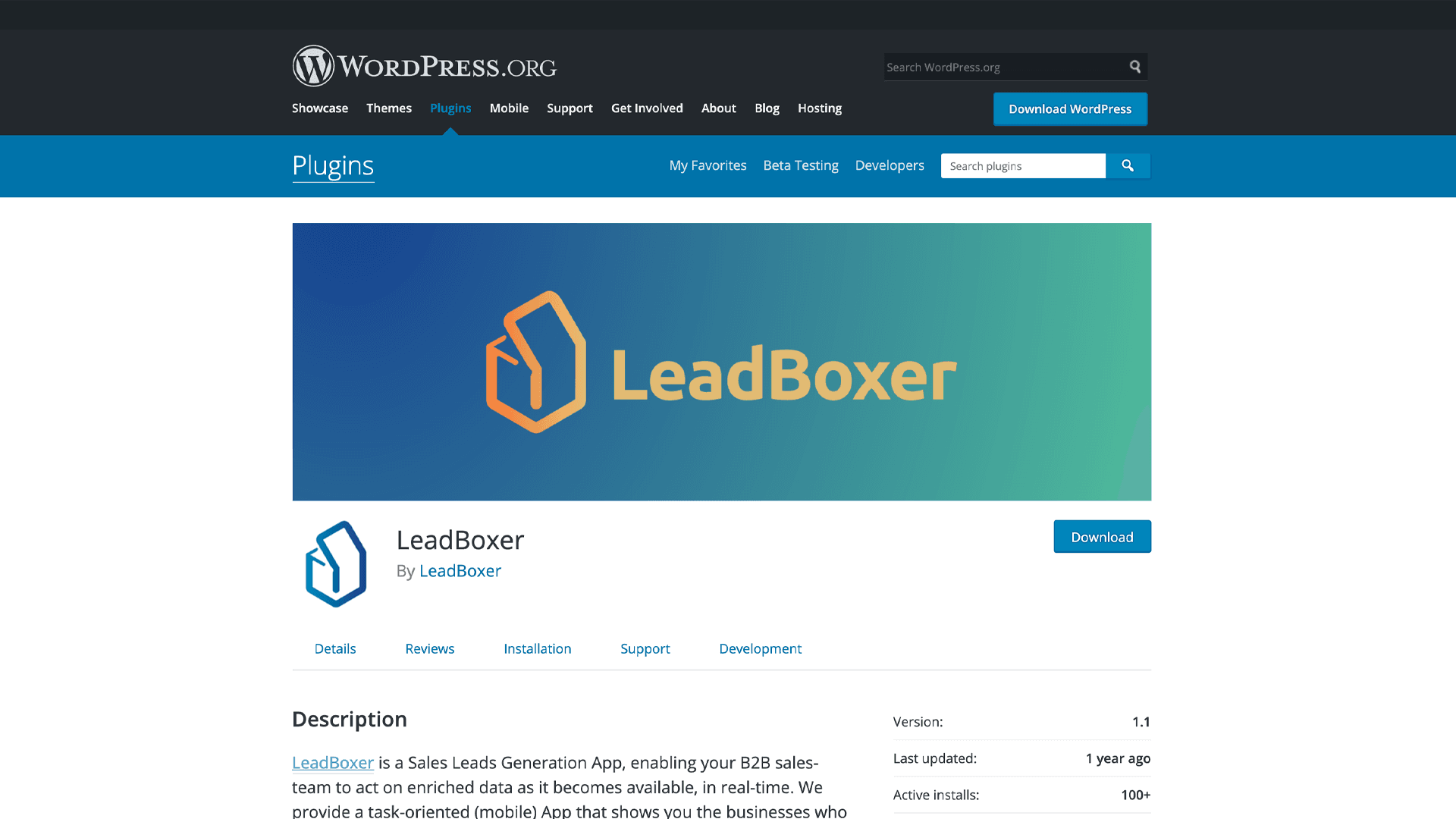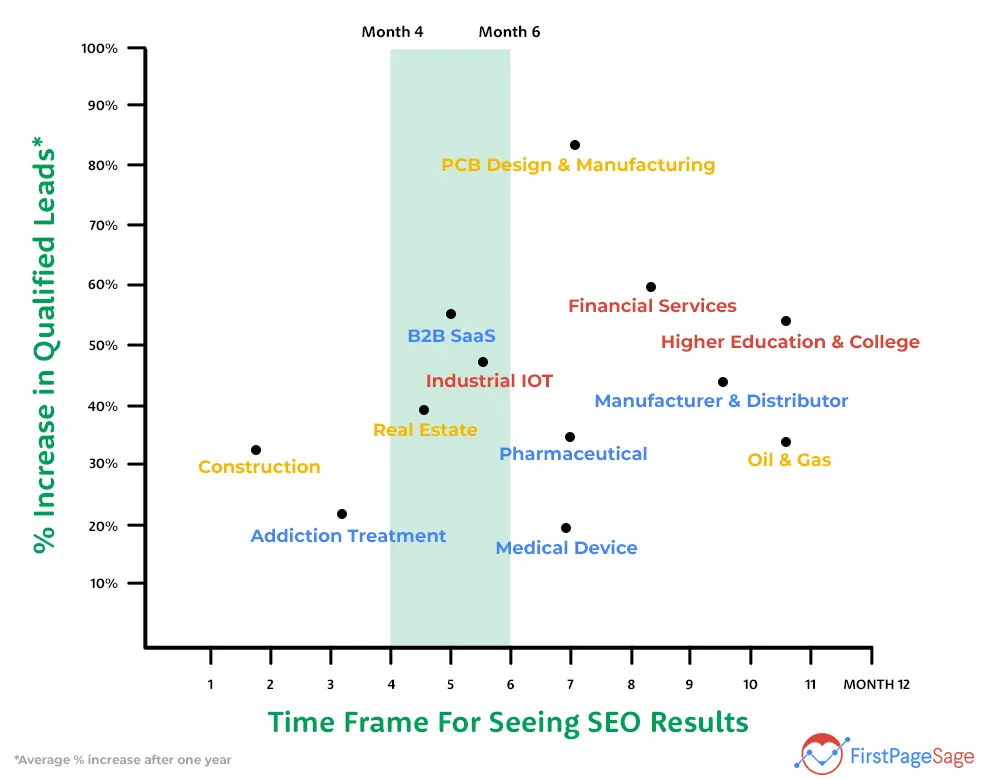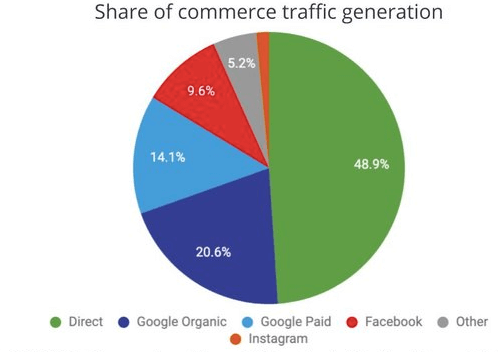5 Essentials for Content Marketing Strategy Creation Using SWOT Analysis to Kickstart Your B2B SME
Creating a content marketing strategy is a crucial step for any B2B company. SMEs (small and medium enterprises) have a lot to gain from a successful content plan. Using this as a way to connect with your target audience helps kickstart a strong relationship with customers.
Small businesses benefit from repeat clients, and investing in a content marketing strategy can help improve your overall sales. Keep reading, or use the links below to “jump ahead” to learn more about the essentials of content marketing:
- Creating a Consistent Content Marketing Strategy
- How to Connect and Create a Lasting Relationship with Customers
- What is a SWOT Analysis?
- Using SWOT Analysis To Improve Your Business
- Utilizing Data Analytics to Measure Success
Creating a Consistent Content Marketing Strategy
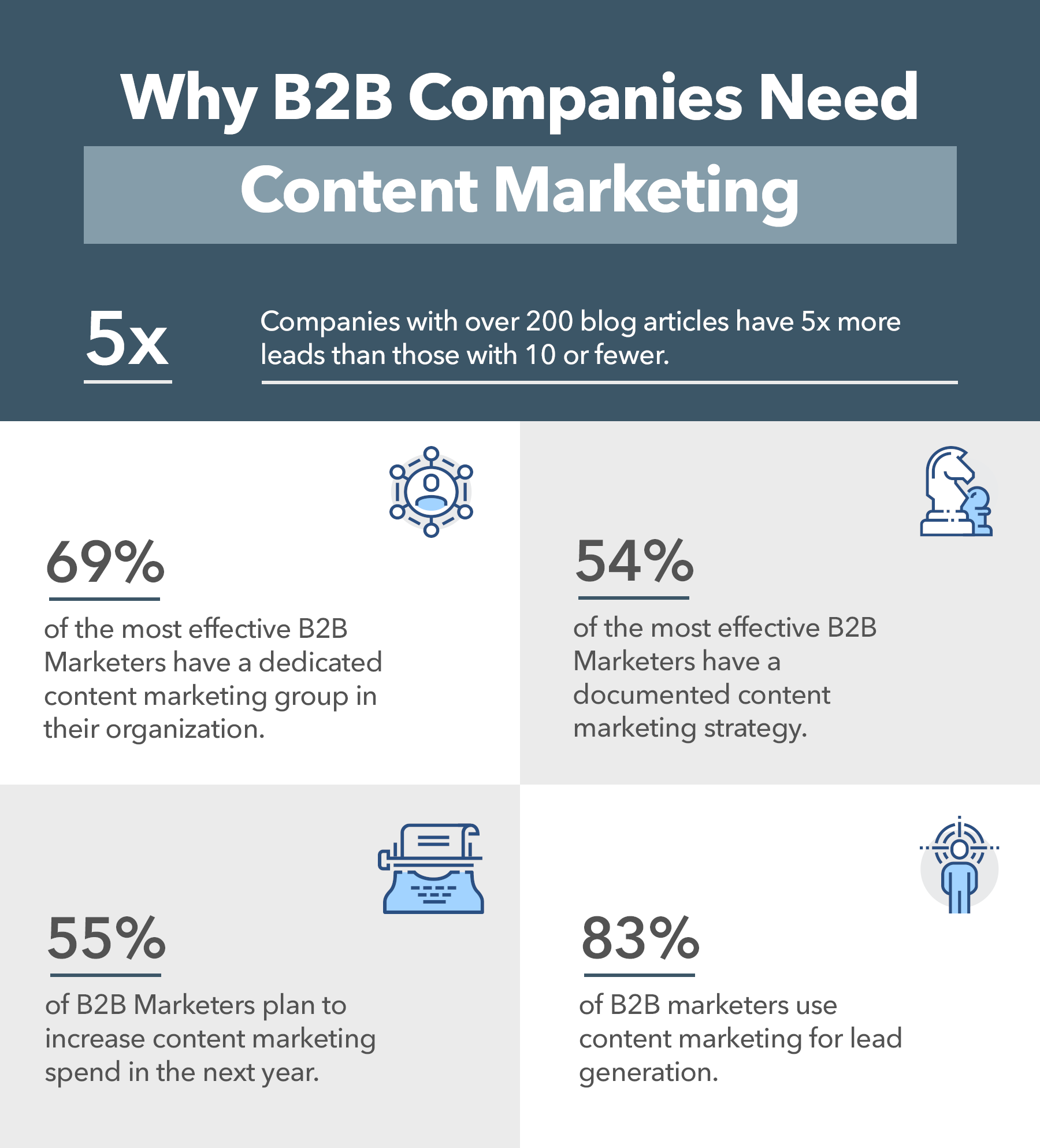
A content marketing strategy is part of your overall marketing plan that focuses on attracting, engaging, and retaining customers through shared media. Depending on the type of product and solutions your company offers, this outreach may occur through social media, articles, and podcasts.
Social media marketing has skyrocketed in recent years, causing trending ideas to emerge. However, maintaining a consistent tone and voice across your digital marketing channels should remain a top priority. While hopping on trends can temporarily boost engagement, your company’s values should always be at the core of each post.
Your team should create and share content based on the interests of your target audience. Thanks to the convenience of online buying and virtual sales interactions, buyers today have increased control over their overall customer experience (CX). Your SME must take charge of branding by adhering to consistent messaging and tone.
To get started, you should begin by defining your target audience. Begin by evaluating your product, creating an ideal client profile, and using data to segment marketing lists.
Rather than just looking at demographics like gender and age, dive deeper by assessing lifestyles and other factors. This information will help your team understand what influences customers to complete a purchase. Using this data, your marketing department can focus on attracting and engaging similar prospects to fill the sales pipeline.
With the right target audience, your team can start creating and sharing content. Develop an active presence on the online platforms your target prospects already use to search for content. Meet your target audience where they are most likely to be!
Determine whether your company gets more engagement from social media, website traffic, or email marketing. From there, ensure your marketing has a consistent schedule when posting to the platforms with the highest traffic.
Establishing a brand, voice, and tone for your company is crucial for cultivating brand loyalty. Consumers can easily follow and engage with multiple companies simultaneously, especially on social media. Consistent messaging and tone let customers know what to expect from your company.
This approach helps establish your brand as a leader in the industry, and prospects can use your content as a knowledgeable resource. Rather than constantly posting ‘fluff’ content, your team can share relevant industry information and help guide customers to the solution offered by your product.
How to Connect and Create a Lasting Relationship With Customers
Long-standing customer relationships are the key to success for B2B companies. Developing a strong, easily identifiable brand voice helps build awareness while encouraging engagement with your content. Measuring audience interaction rates allows your team to tailor future content to the interests of your target prospects.
Your marketing content should help funnel customers toward the sales pipeline. By understanding your ideal client profile and your quality customer journey, you can target audience segments where they are in their sales experiences.
Audience segmentation based on interests helps your customers enjoy a more personalized experience. Providing value to prospects, regardless of where they are in the sales funnel, can earn your company a reputation as a key player in your industry.
Consistency in your brand helps content work across the different stages experienced by each prospect. For someone just beginning the research process, engagement through social media or your company’s website can provide valuable insight into the solutions you have to offer.
Prospects more advanced in the customer journey may benefit from email marketing campaigns that direct to downloadable content. Both of these, however, should work to explain the benefits of your product.
Brand awareness is an additional piece that must be part of developing a comprehensive content marketing strategy. Educational resources that help establish your company as a knowledgeable player within the industry and introduction pieces targeted to new prospects are vital for success.
Building this awareness helps customers understand your company and see examples of how the solutions you provide can be beneficial to them. The keys to achieving this include having an optimized website, tracking engagement on links, and creating thoughtful content that encourages conversations with your team.
Customers who recognize your brand as a leader in the industry will likely make repeat purchases and view your company as an expert source for business knowledge and guidance.
What is a SWOT analysis?
A SWOT strategy that focuses on your company’s strengths, weaknesses, opportunities, and threats (SWOT). The goal is to gain a deeper understanding of the factors that should contribute to your overall business strategy. It helps companies see the big-picture of their mission and correctly identify new pathways for success.
Breaking down the components of SWOT analysis can help your team utilize this strategy in company planning.
Strengths. These are the services or products your company excels in providing and what makes your business stand out among its competitors. For example, if your company is in a niche industry, having an extensive network of industry contacts sets you apart from other businesses.
Weaknesses. These are factors that need improvement to ensure your business is performing to the best of its ability.
Opportunities. These are external factors that help boost your company within the industry. If something gives your team a competitive advantage, it can create opportunities for advancement in the marketplace.
Threats. Anything that may cause harm to your company is considered a threat. Your team’s ability to recognize factors outside your company’s control such as an increase in the cost of materials or the introduction of new competitors, can minimize the harm to your business.
Using SWOT Analysis to Improve Your Business
Successful use of a SWOT strategy, which creates a matrix analysis with the proper framework, relies on team collaboration. By freely sharing feedback and ideas, as well as using data to back up observations, this information will help your team see the most benefits.
This strategy can help the marketing department identify gaps in its yearly plan. With this data, your team will be able to pivot and change objectives to ensure the highest level of success. By using data analytics, the marketing team can set realistic KPIs (Key Performance Indicators) and track the performance of their content marketing campaigns.
Getting started with a SWOT analysis requires asking questions to understand each aspect of the strategy. Going further into this plan, a TOWS analysis, or matrix, helps map strategic choices.
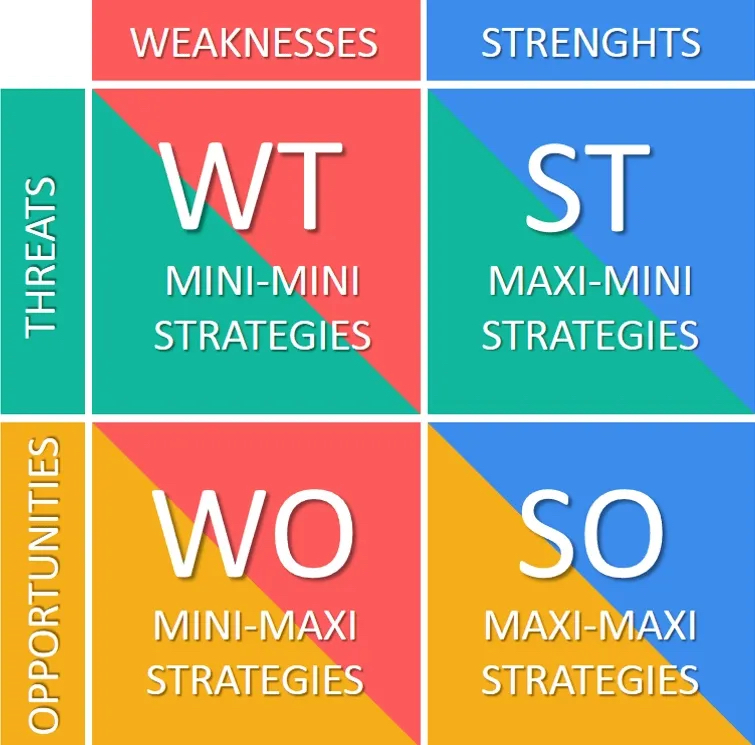
This strategy combines the factors of a SWOT analysis to help form plans for the future. Integrating the 4 elements of SWOT can help audit your organization, as well as move forward with successful marketing campaigns.
Utilizing Data Analytics to Measure Success
When creating your yearly content marketing strategy, it’s important to set up KPIs that will help determine the success of your outreach. Rather than basing these indicators on hypothetical goals, your team can use data analytics to measure a campaign’s success.
Content marketing should be focused on attracting new prospects, engaging with warm leads, and funneling customers into the sales pipeline. By actively tracking these objectives, your team can gain an accurate understanding of its strengths and weaknesses. Data analytics also play a role in brainstorming and initiating change within the marketing plan.
By tracking engagement like link interactions and form submittals, your team can see what content resonates with potential clients. These benchmarks help your team create a winning strategy to stay competitive within the B2B market.
Since customers can choose which brands they want to interact with most, having updated data on audience interactions allows your team to compare itself to competitors. Tracking success is important to remain a key player within your industry.
Engagement with content and sales conversions are both factors that help your team understand what type of marketing works for your target audience. A quality customer journey begins with marketing outreach, and this communication should continue until a sale is finalized.
Kickstarting your B2B SME may seem like a challenge, but taking it one step at a time and implementing a content marketing strategy can help you get ahead of the competition. Measuring how your team successfully connects with your target audience will play a huge role in increasing your company’s overall ROI.
Learn how LeadBoxer’s cutting-edge Lead Generation platform can facilitate the growth of your SME through online Lead Identification, Qualification, Lead Management, and the native integrations compatible with your existing tech stack that you need to build a solid content marketing strategy.
Get started with your free Leadboxer account or schedule a demo today!



